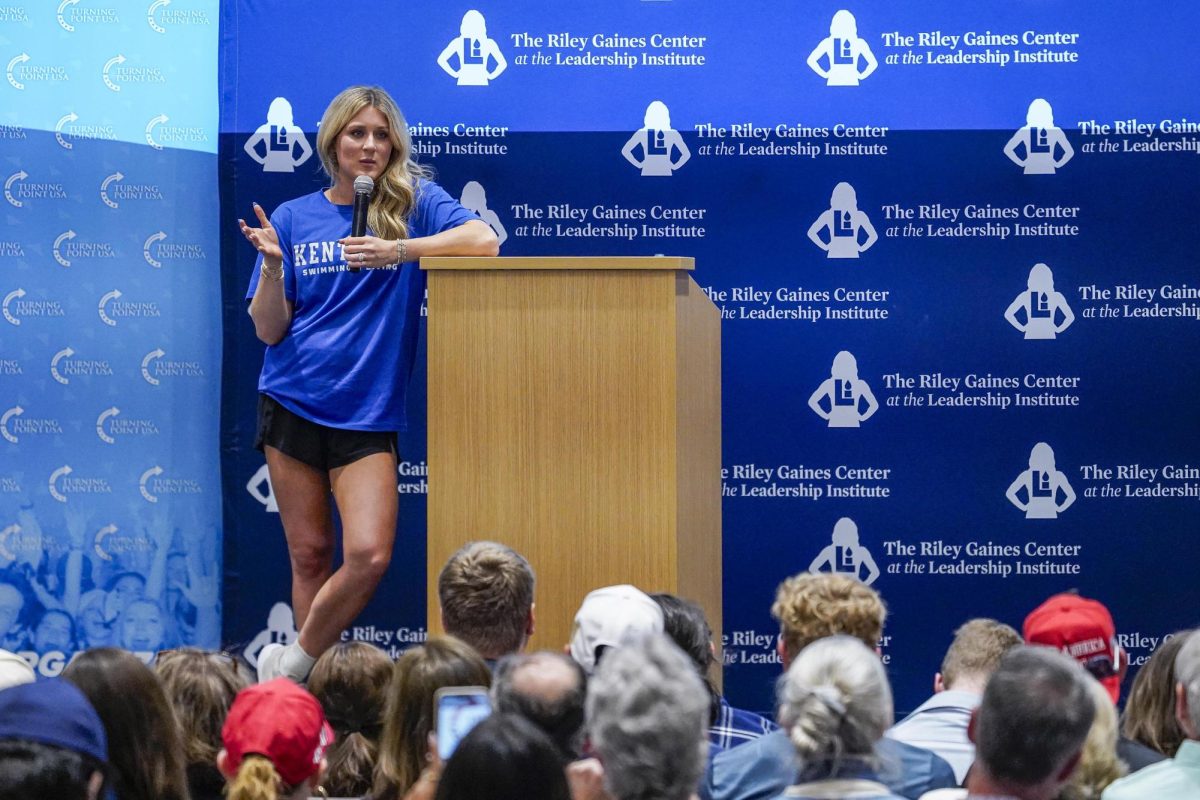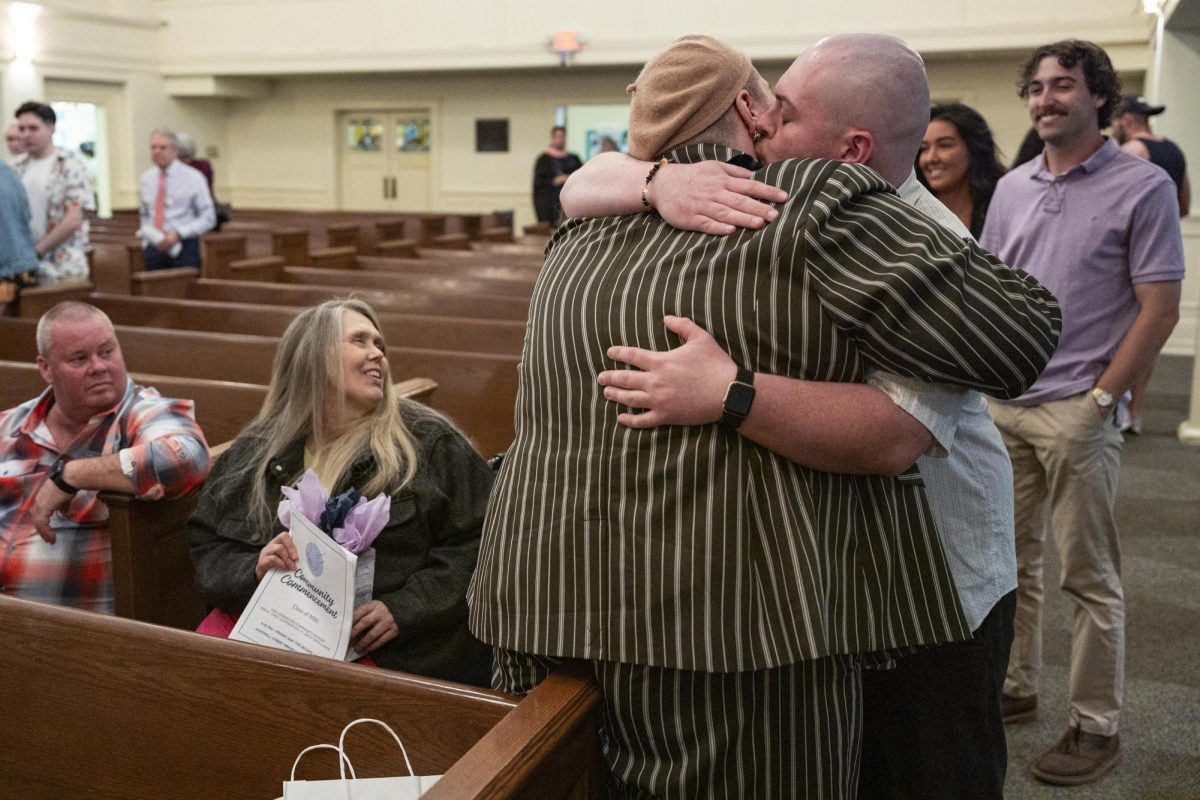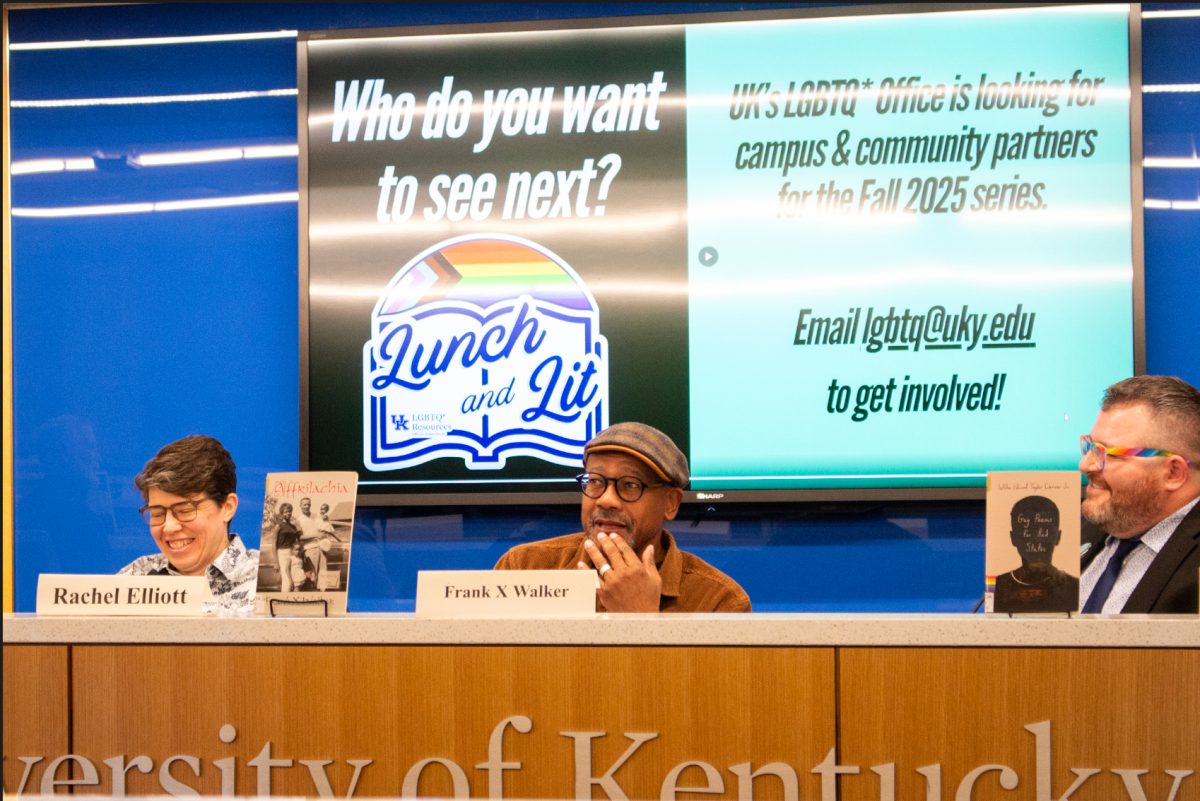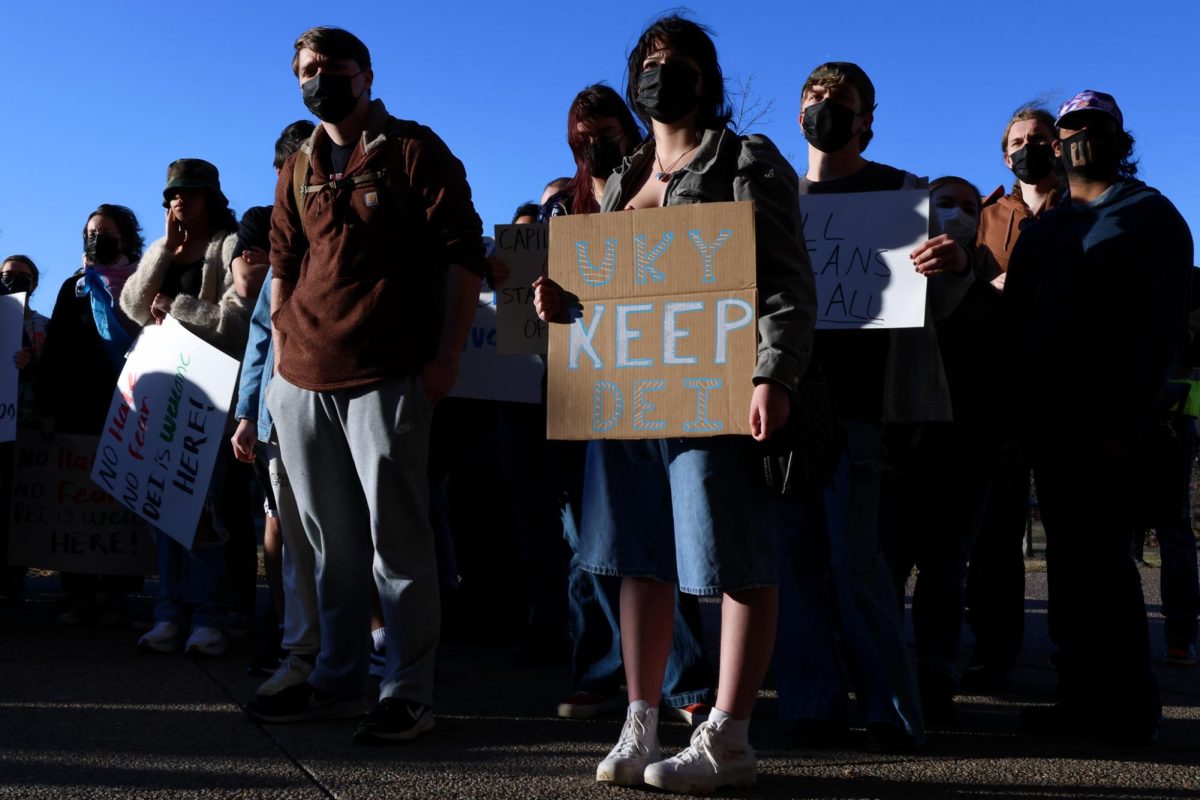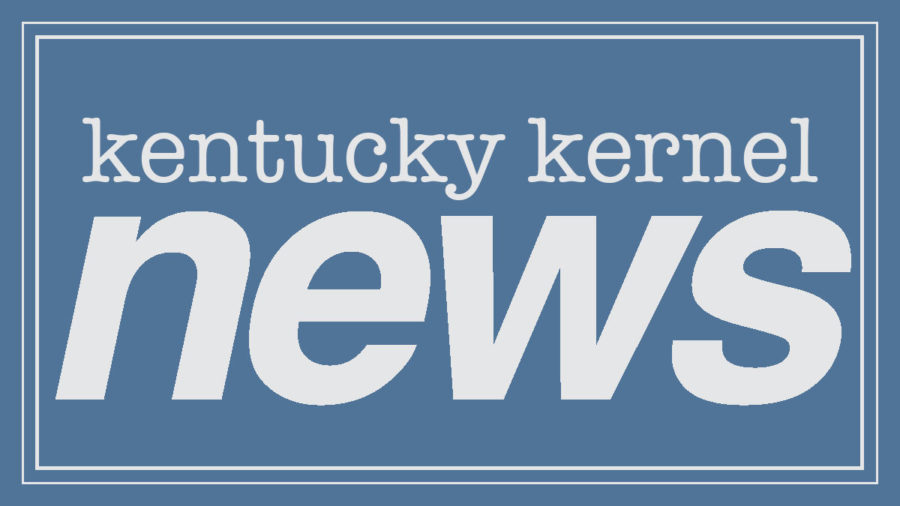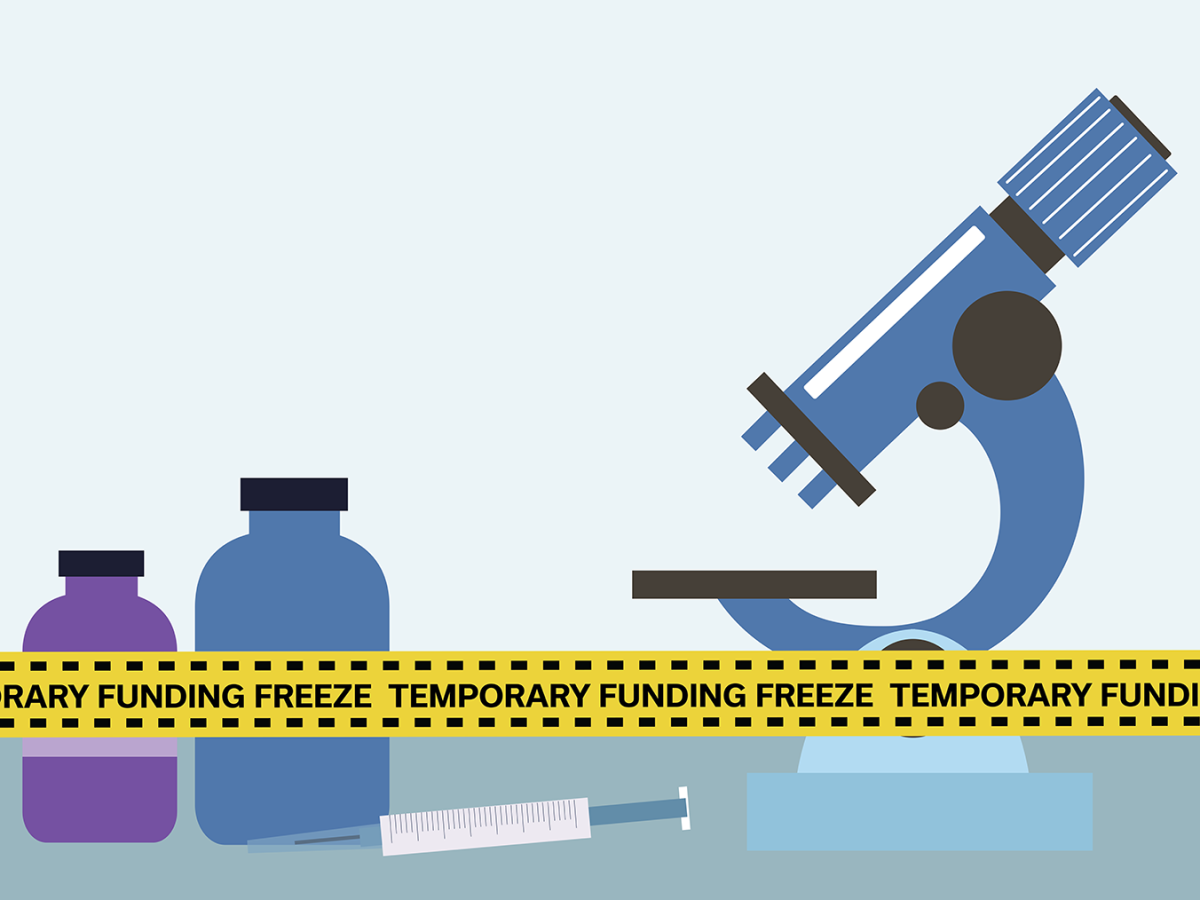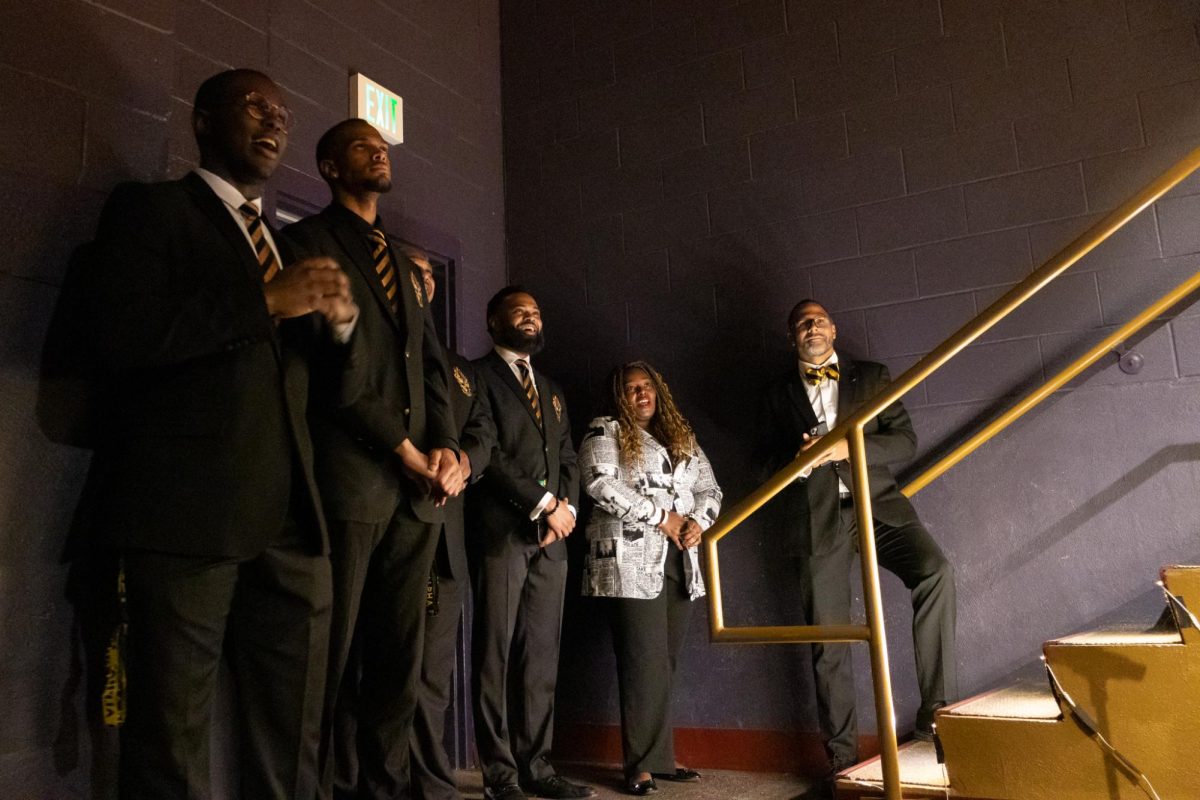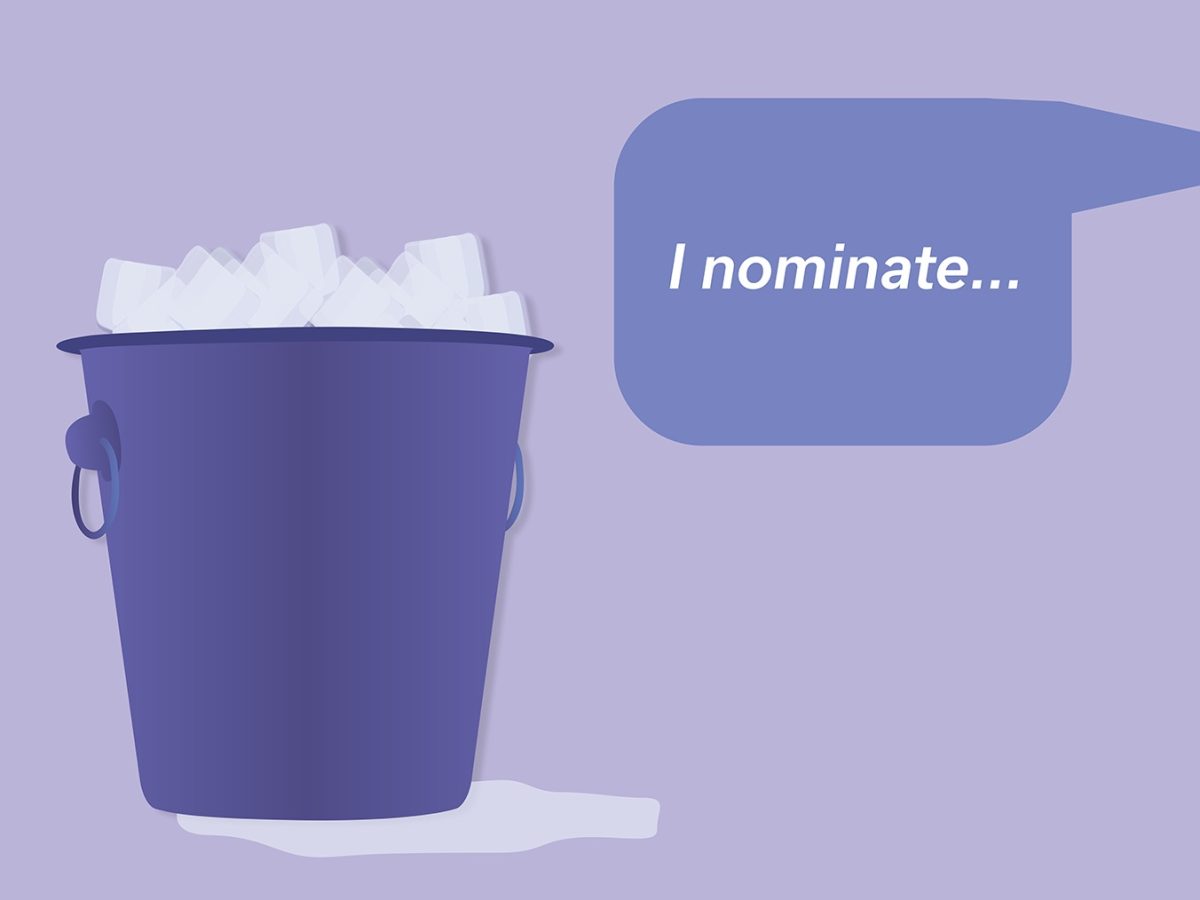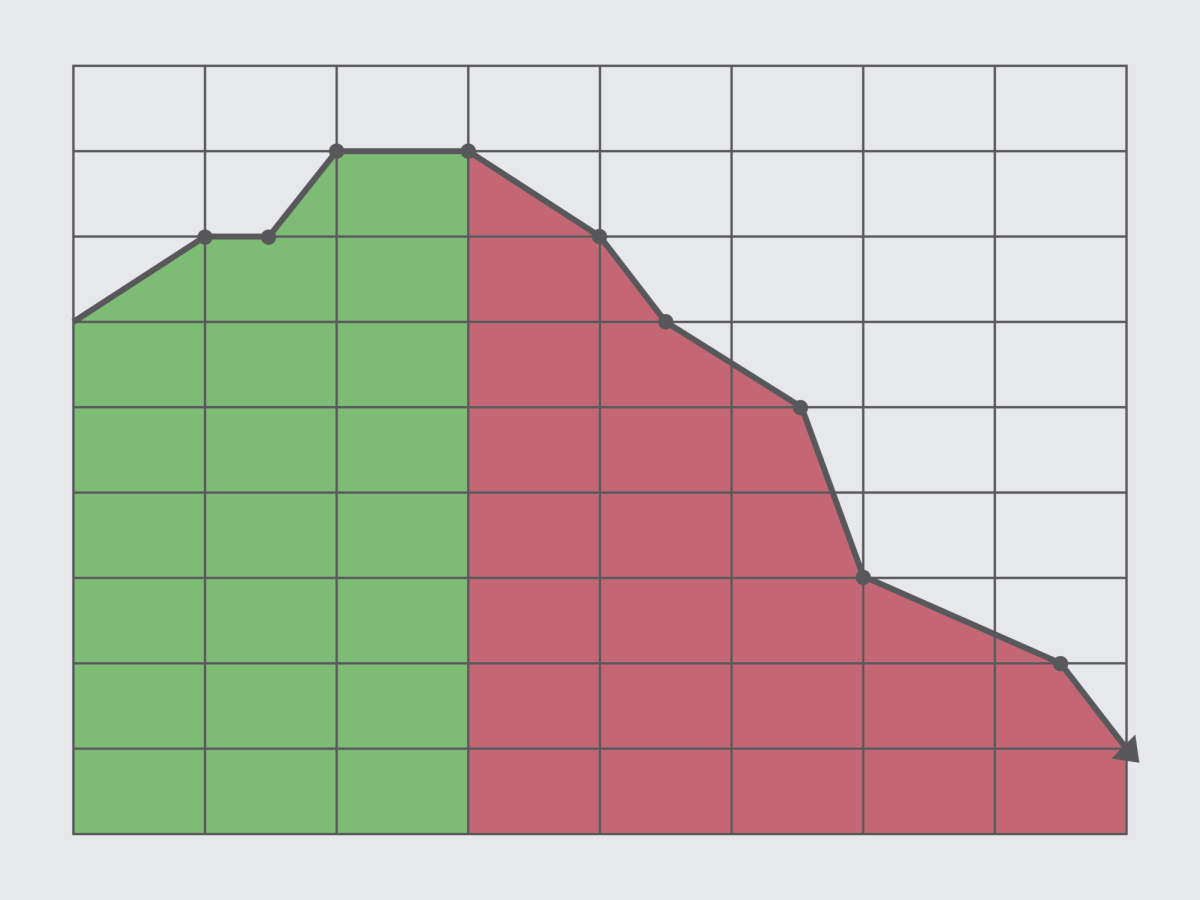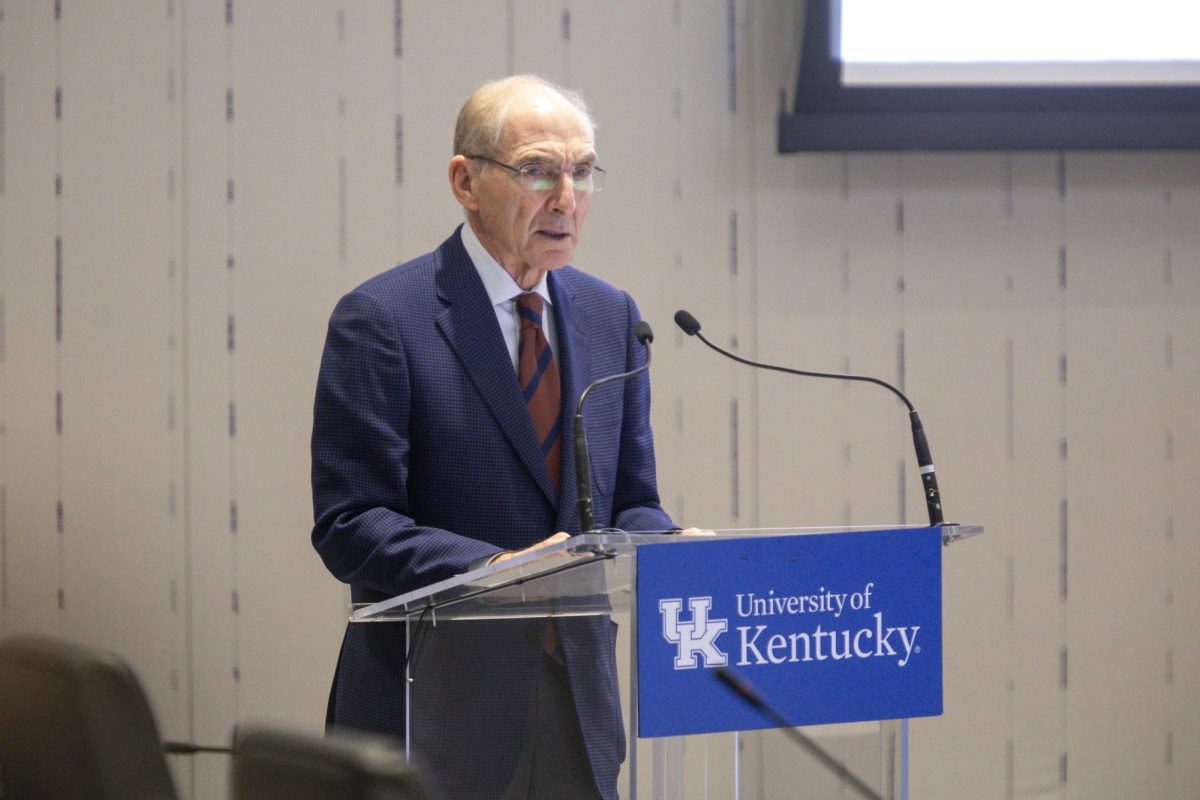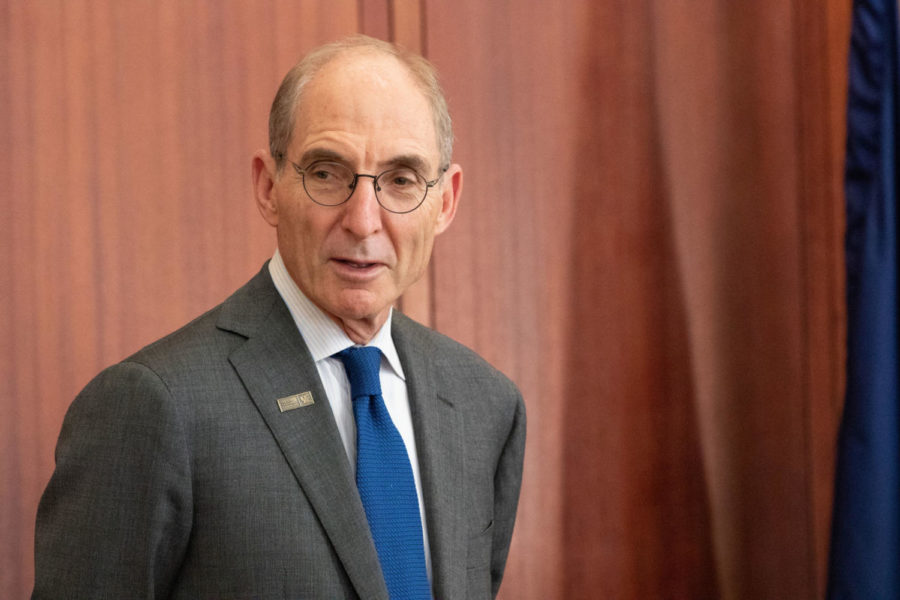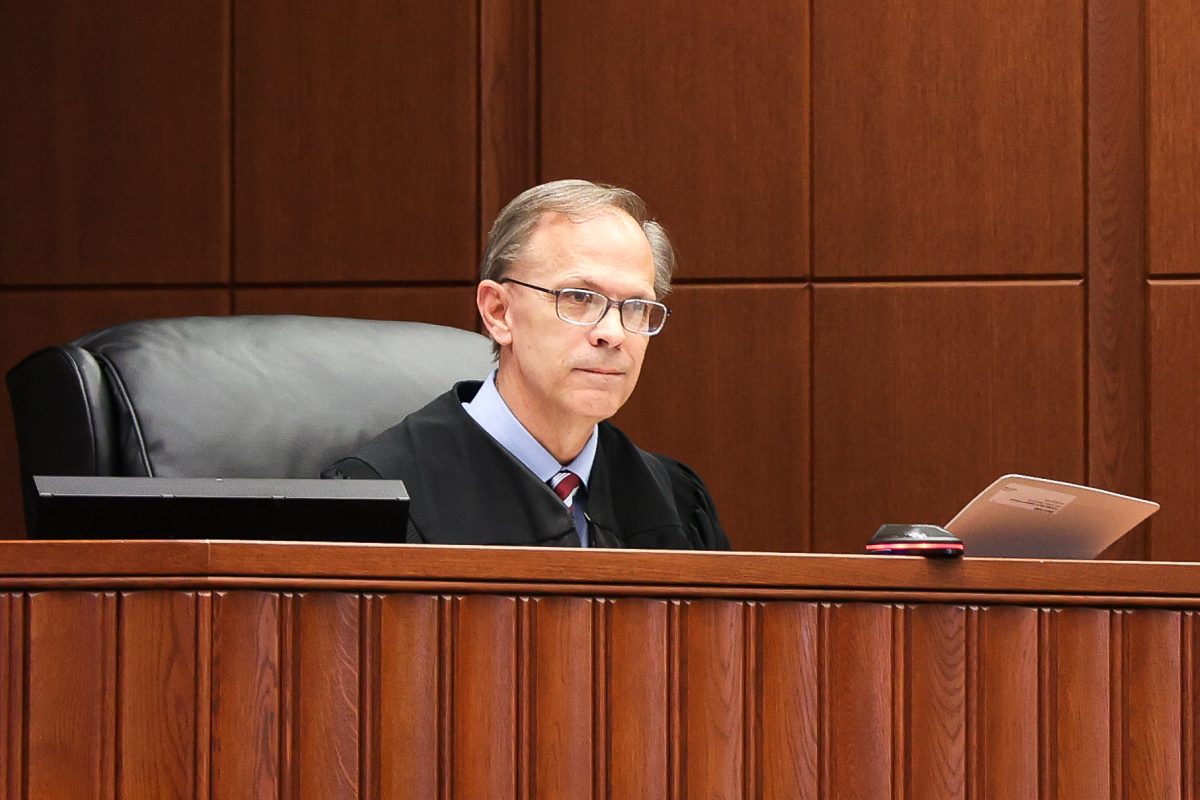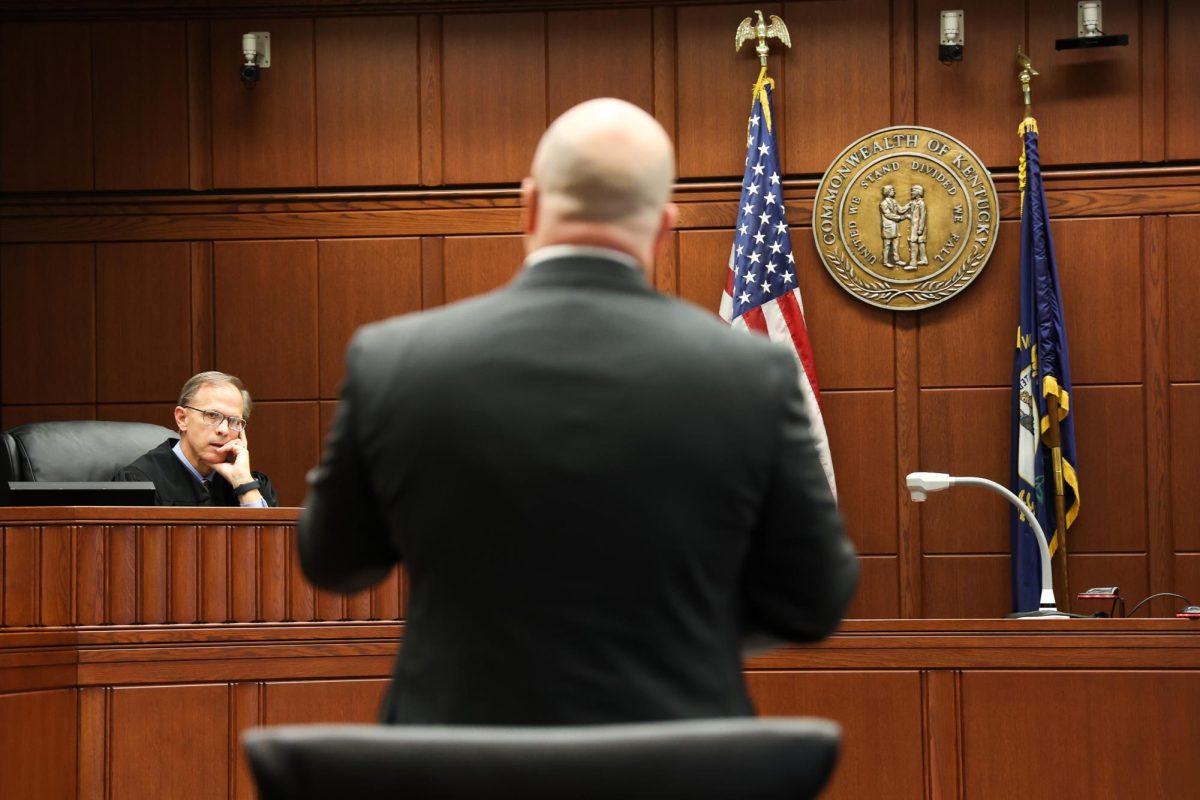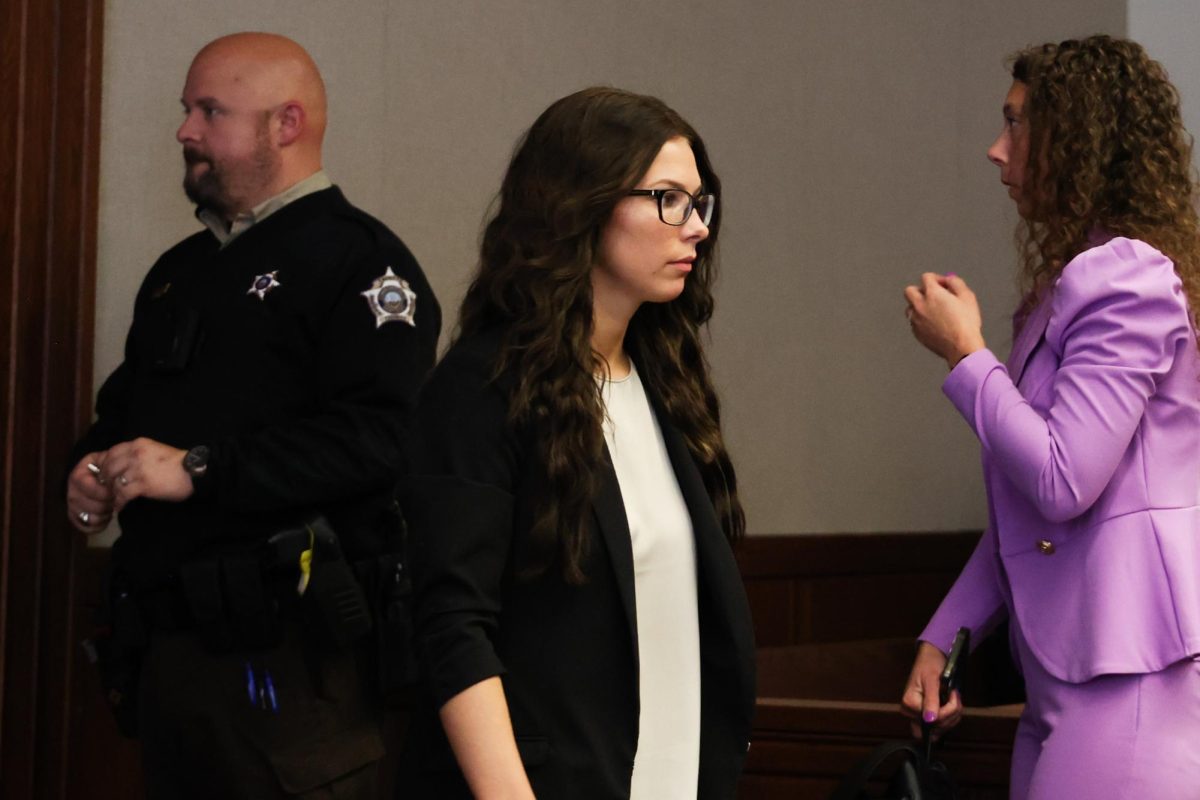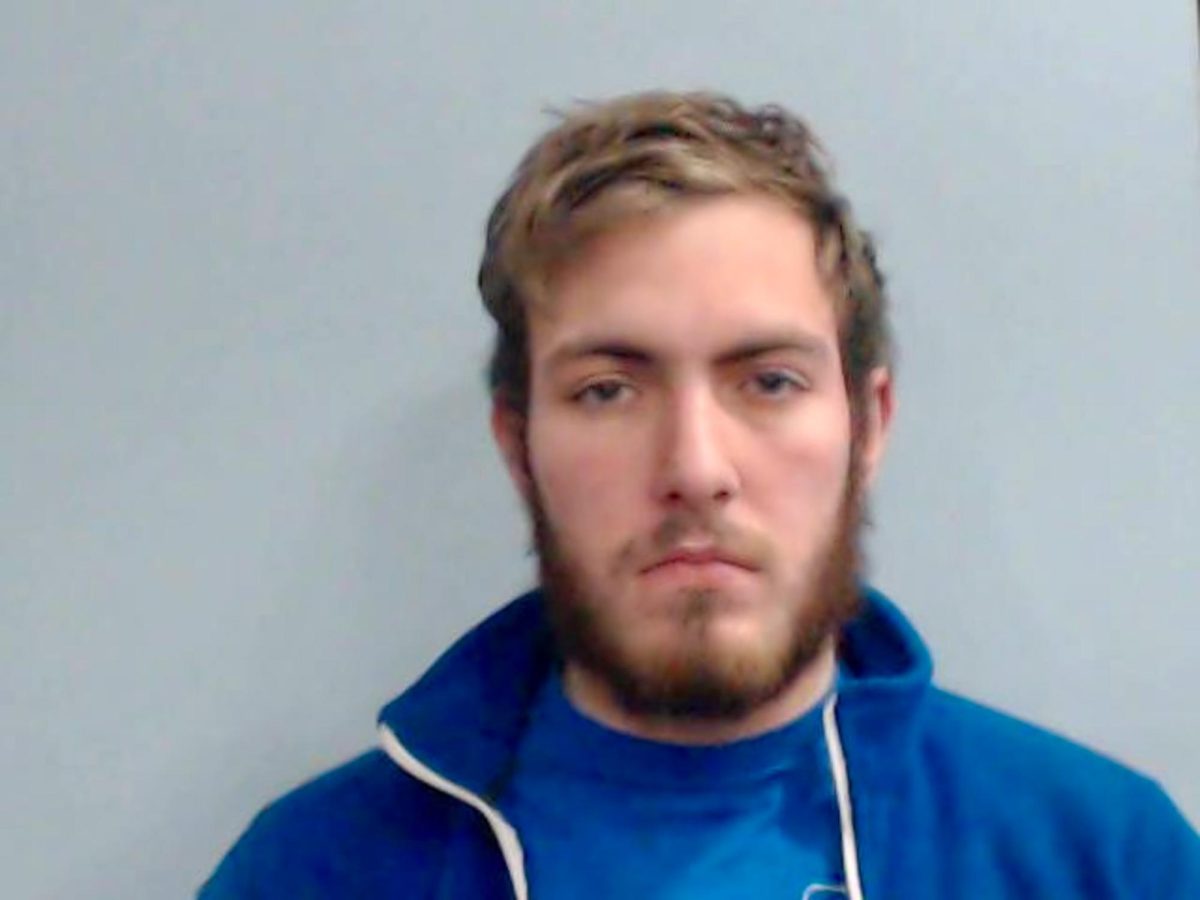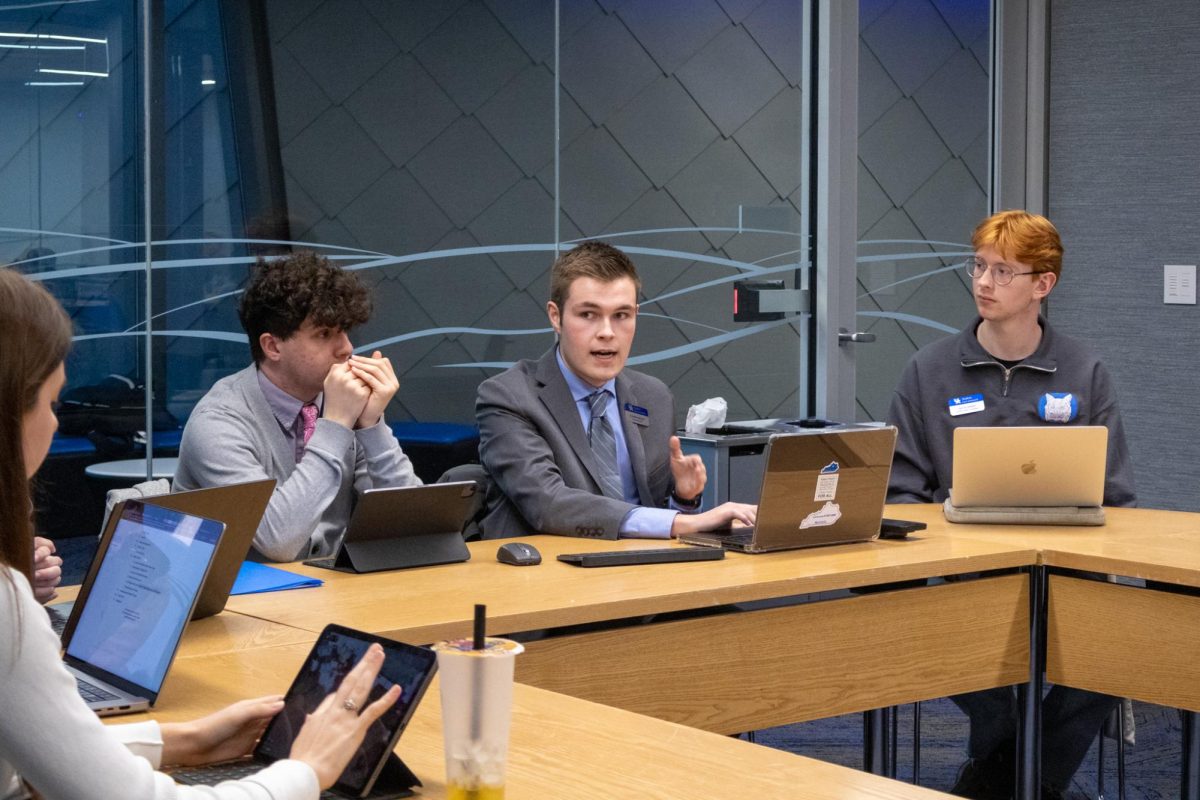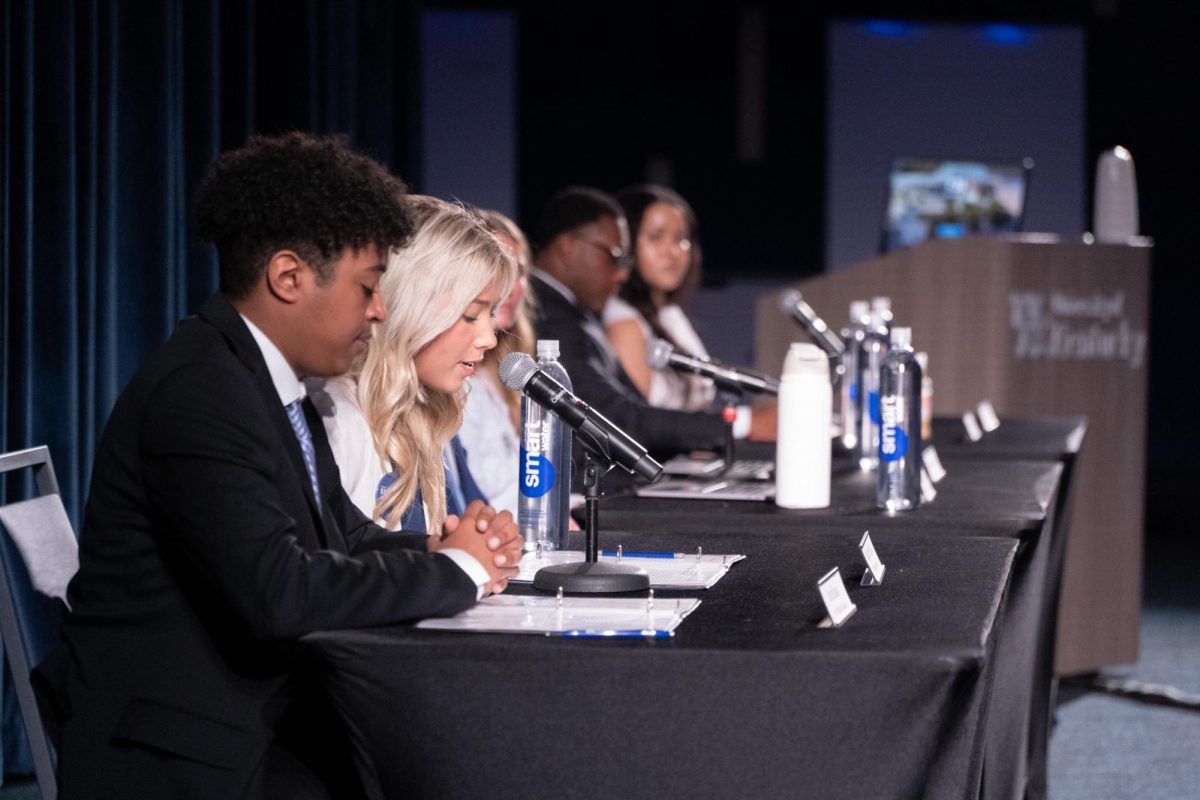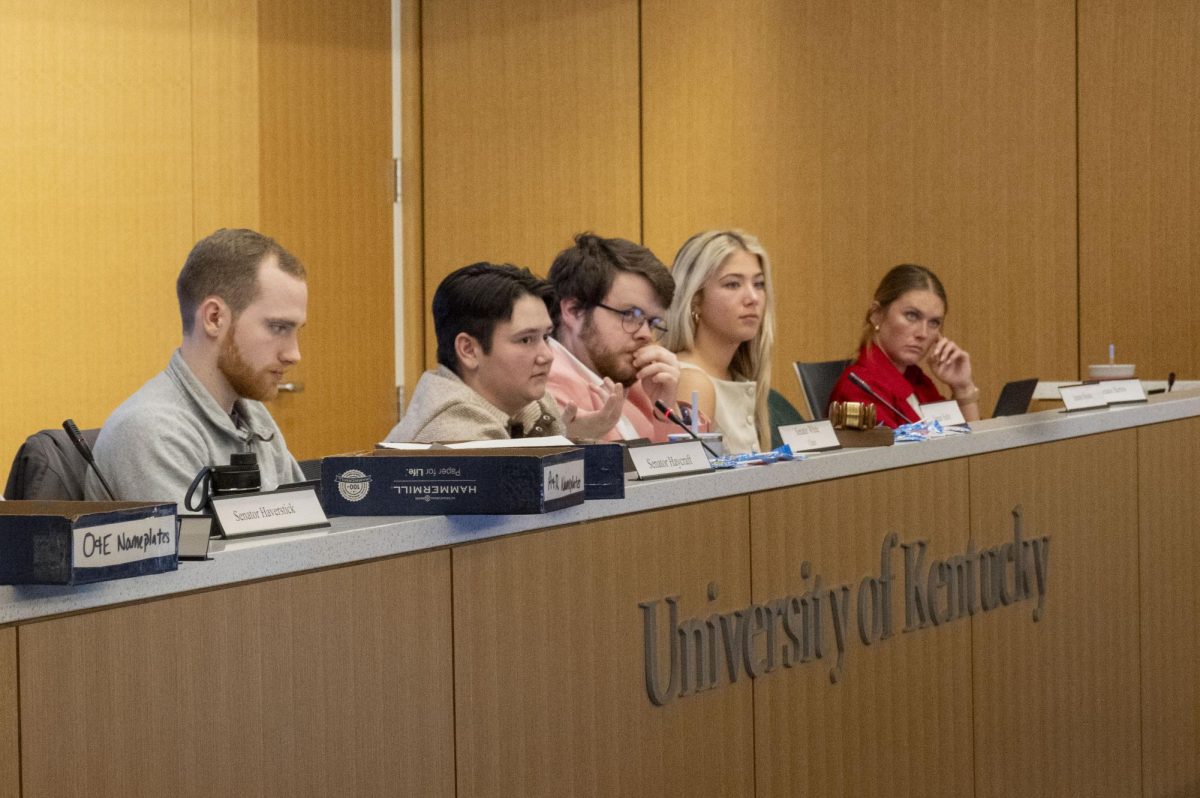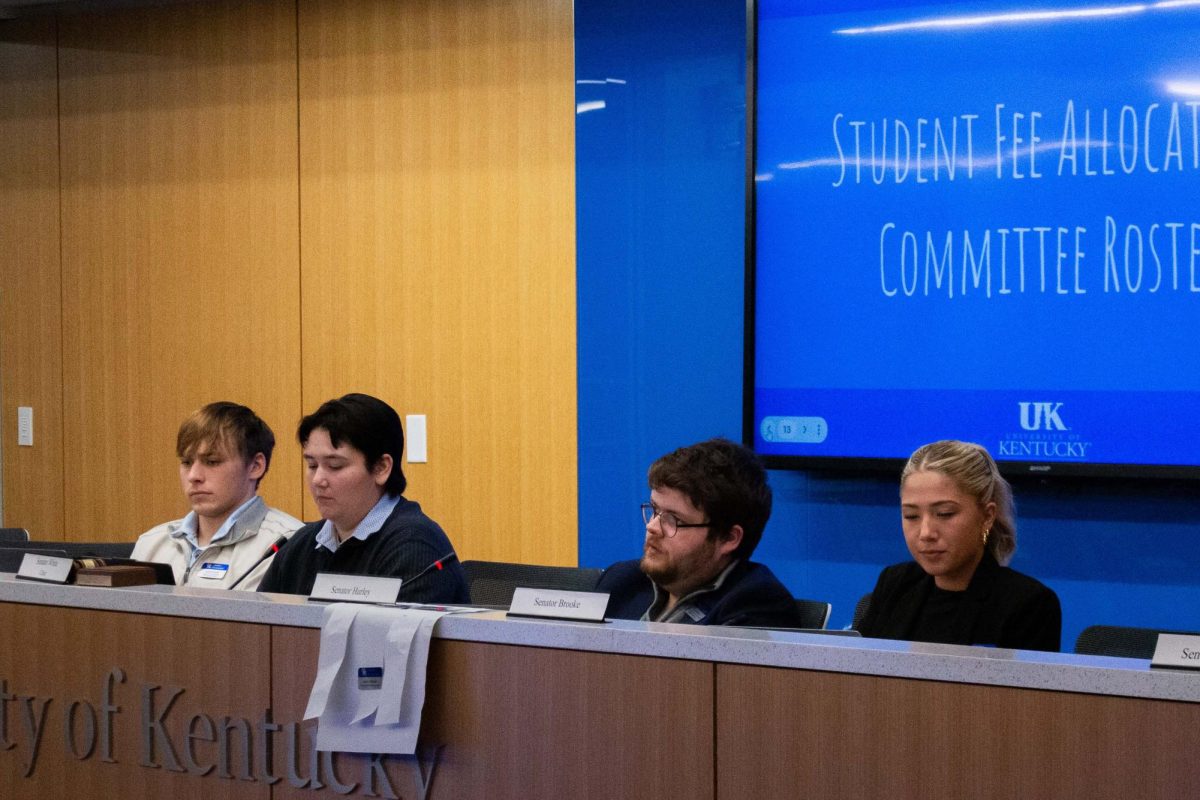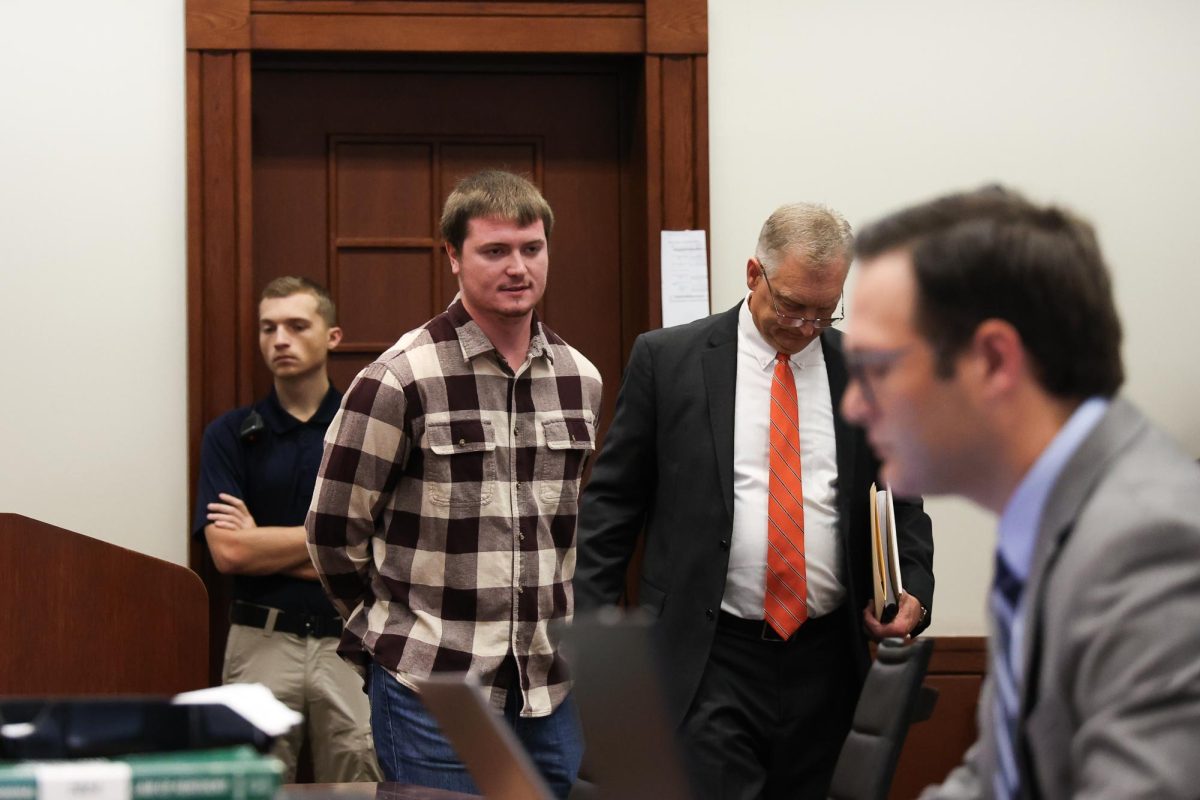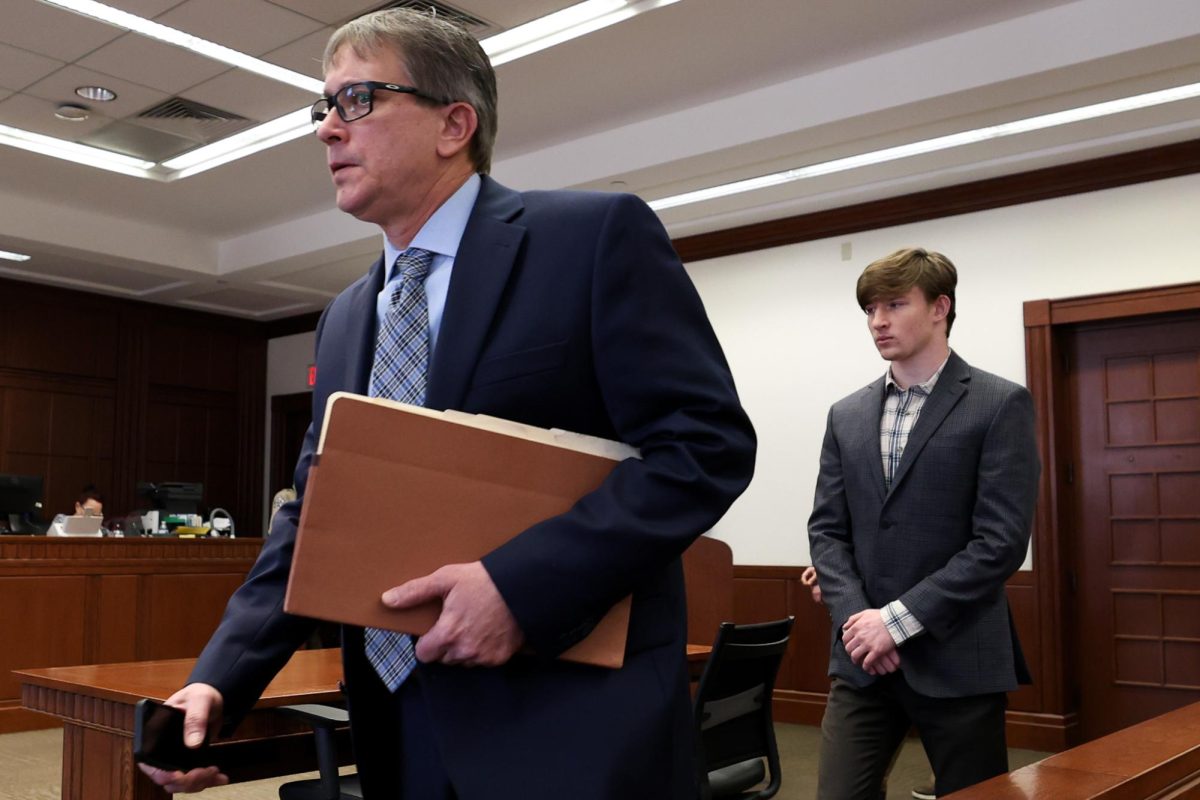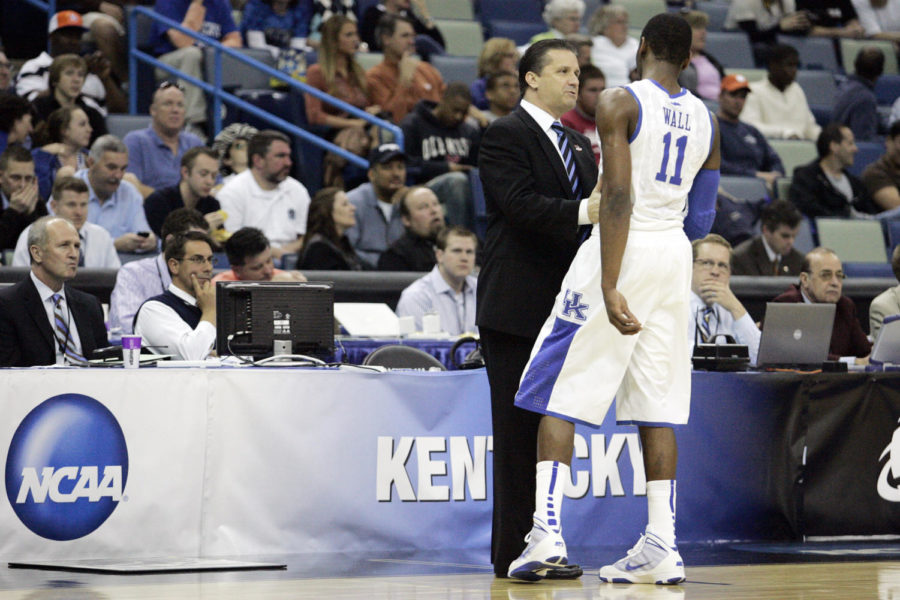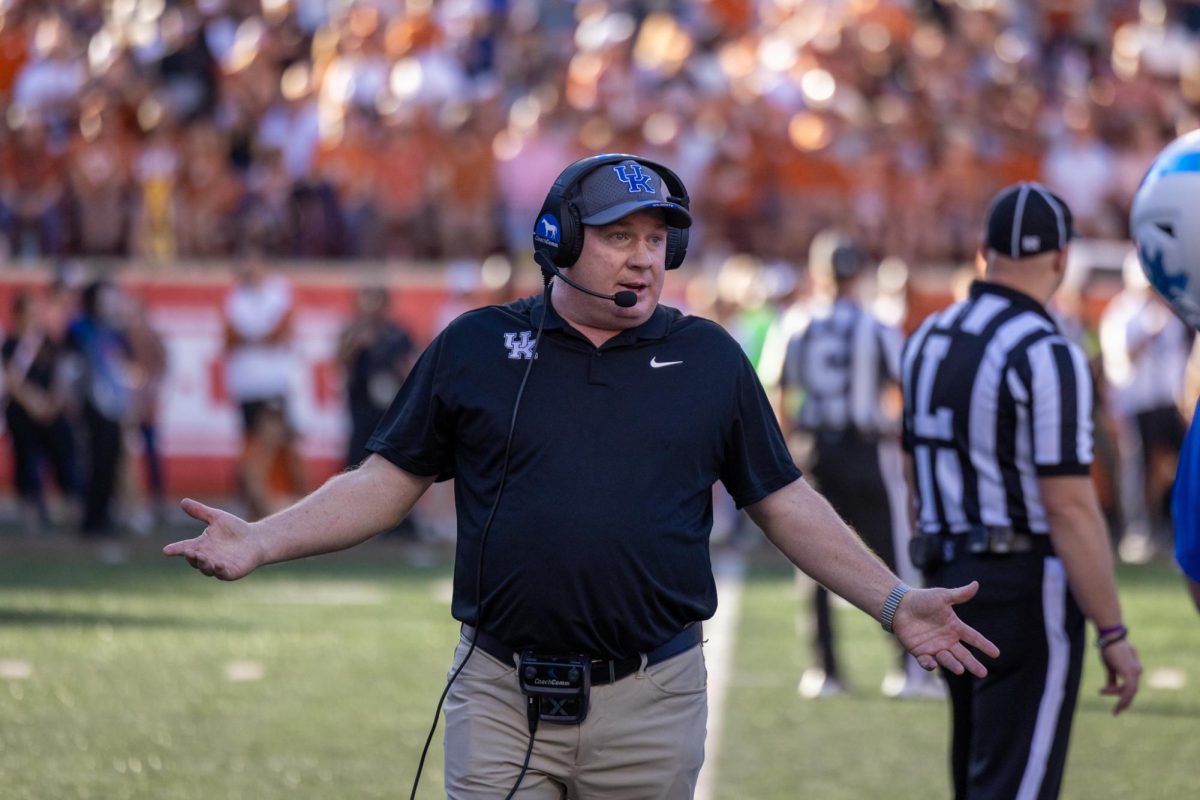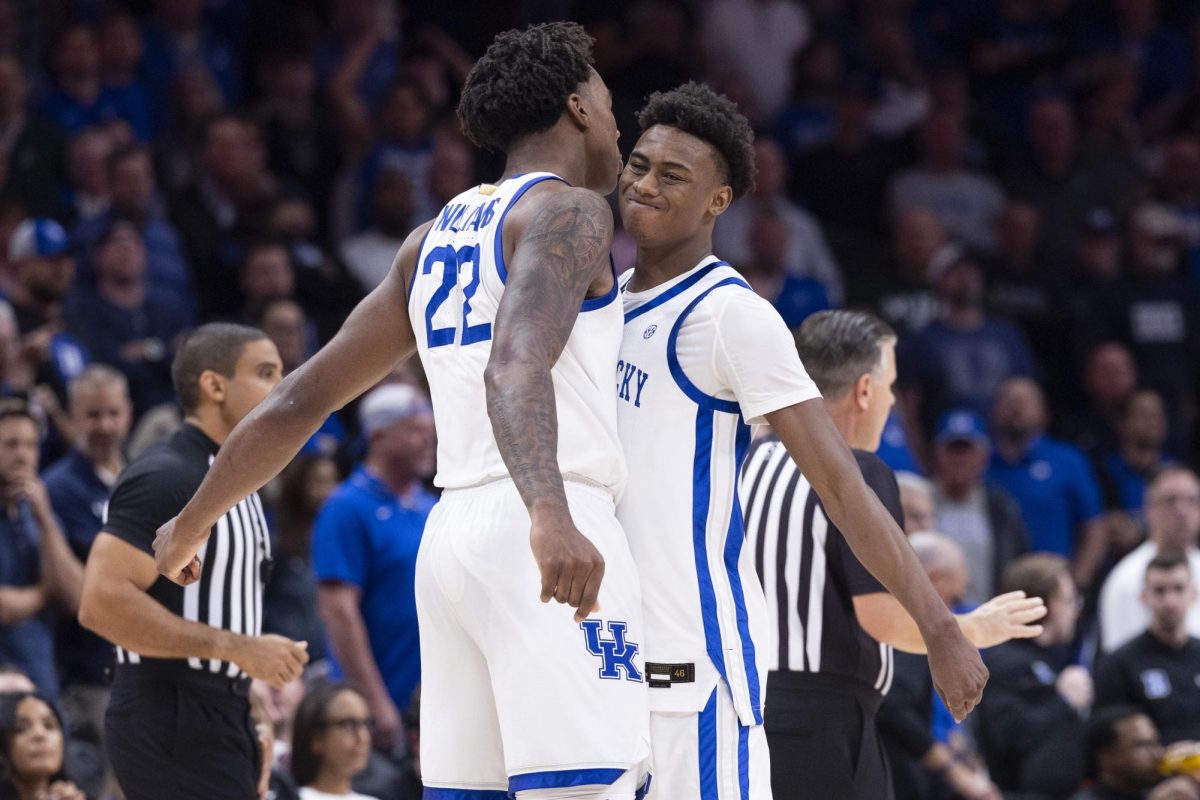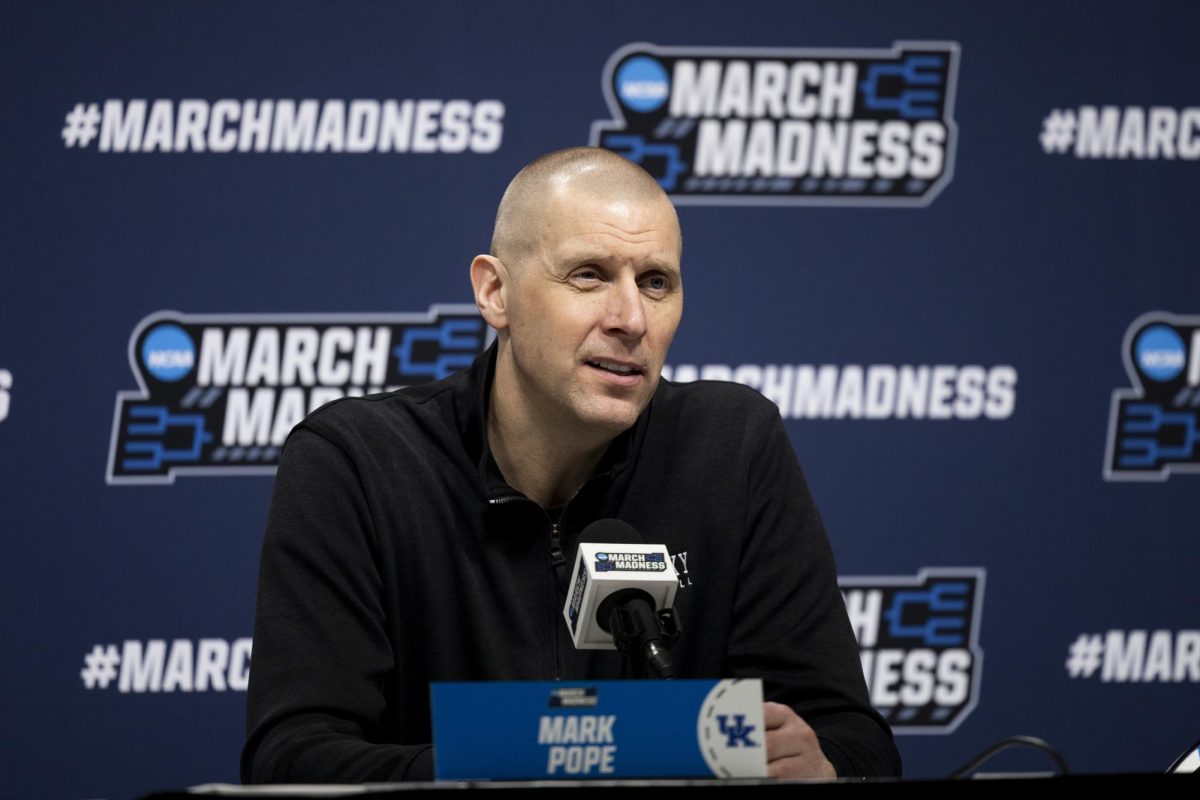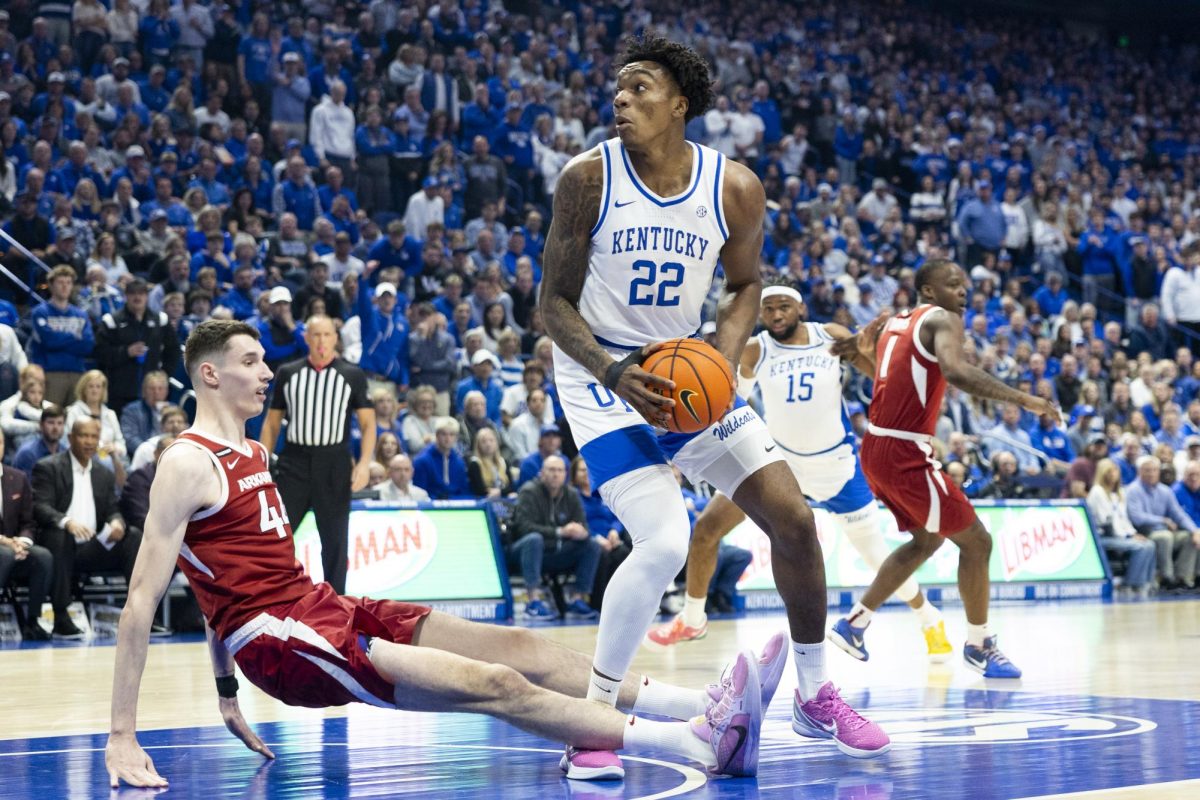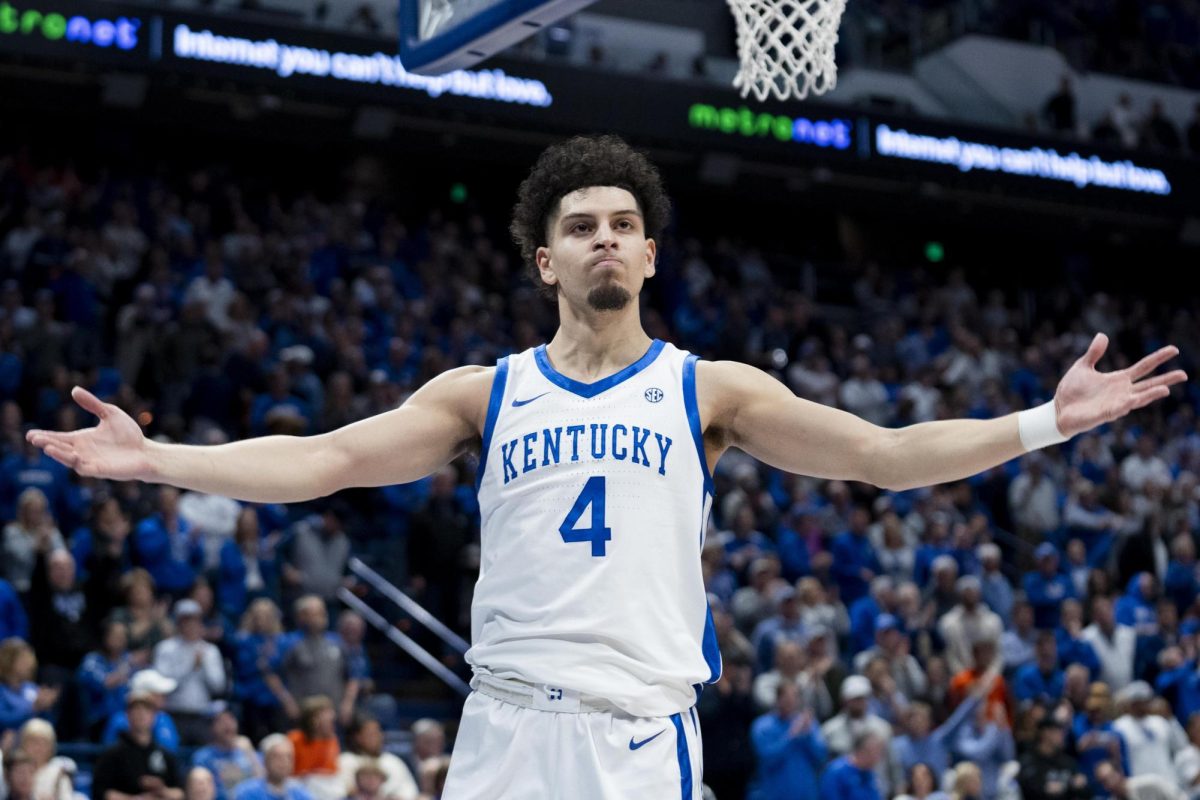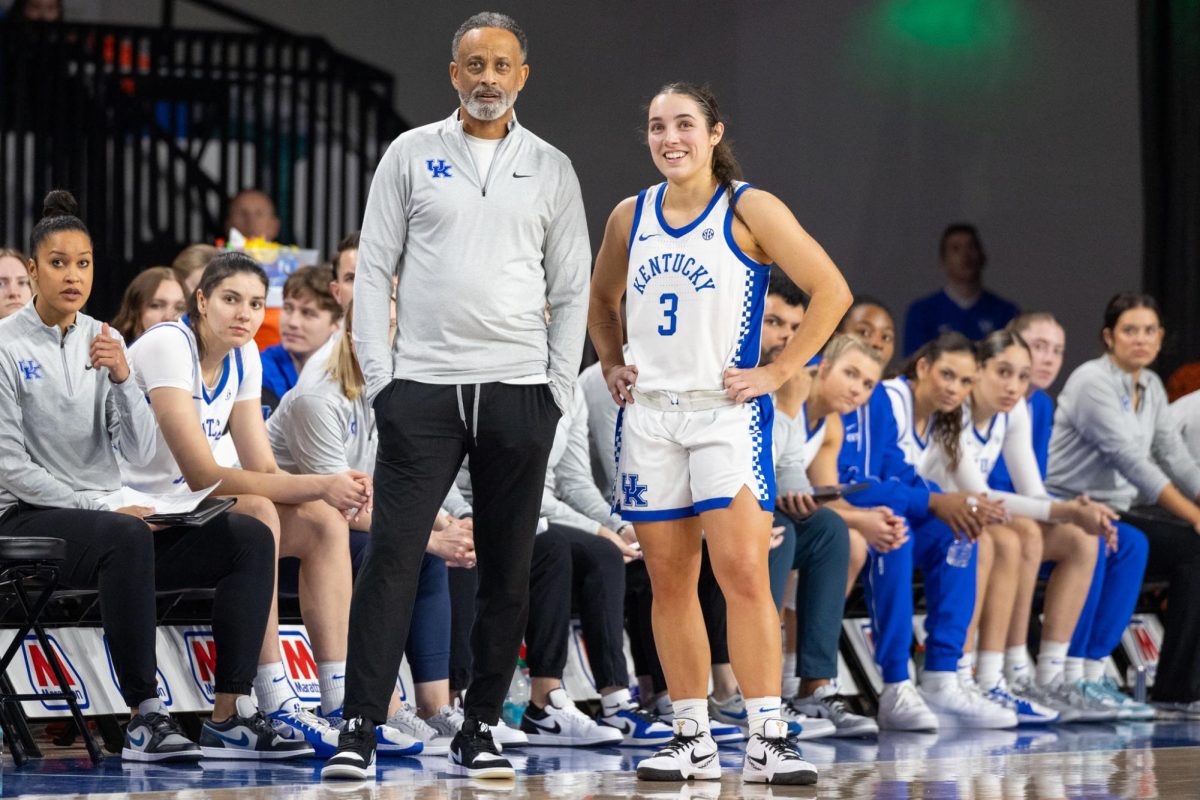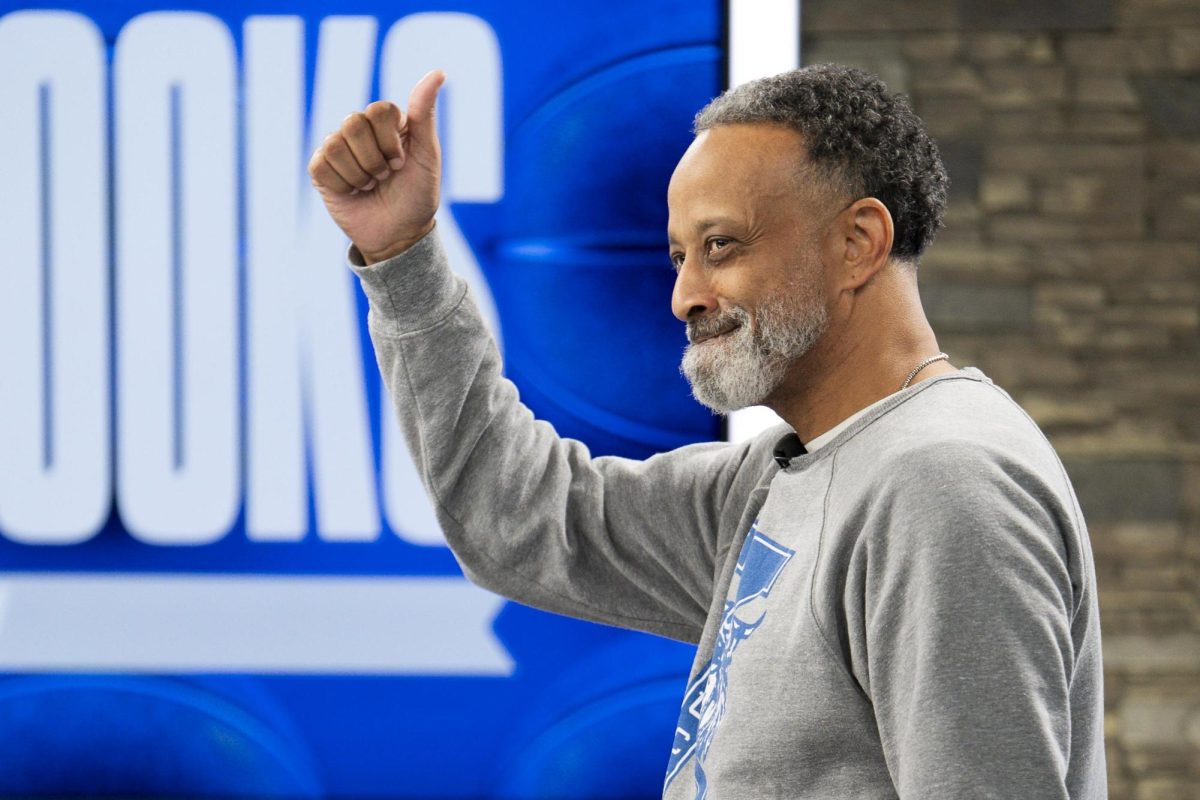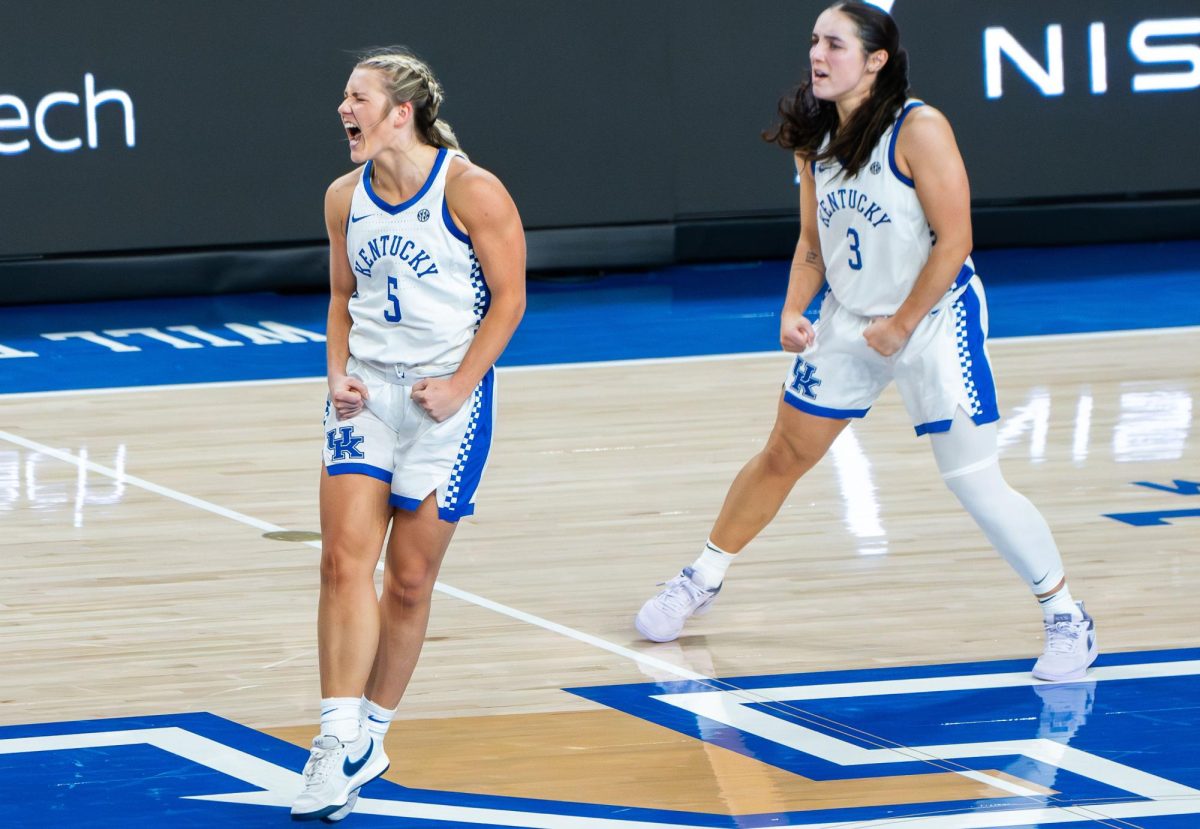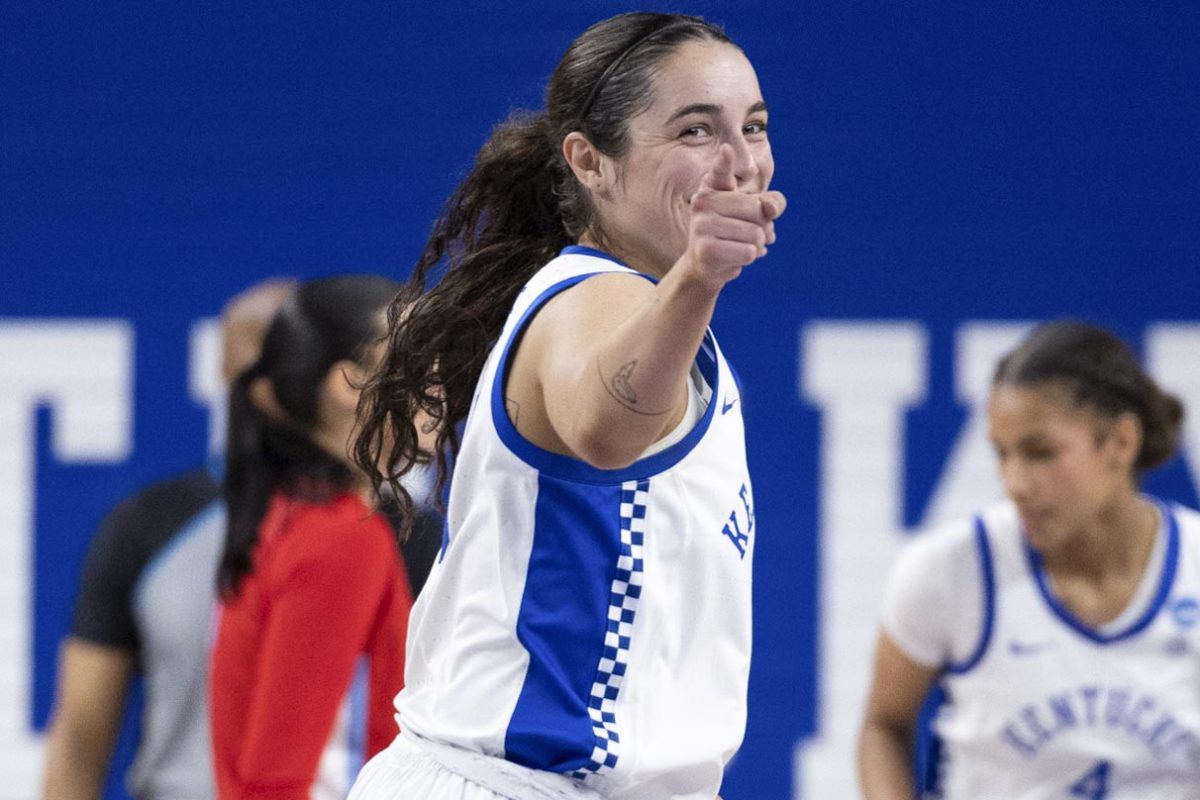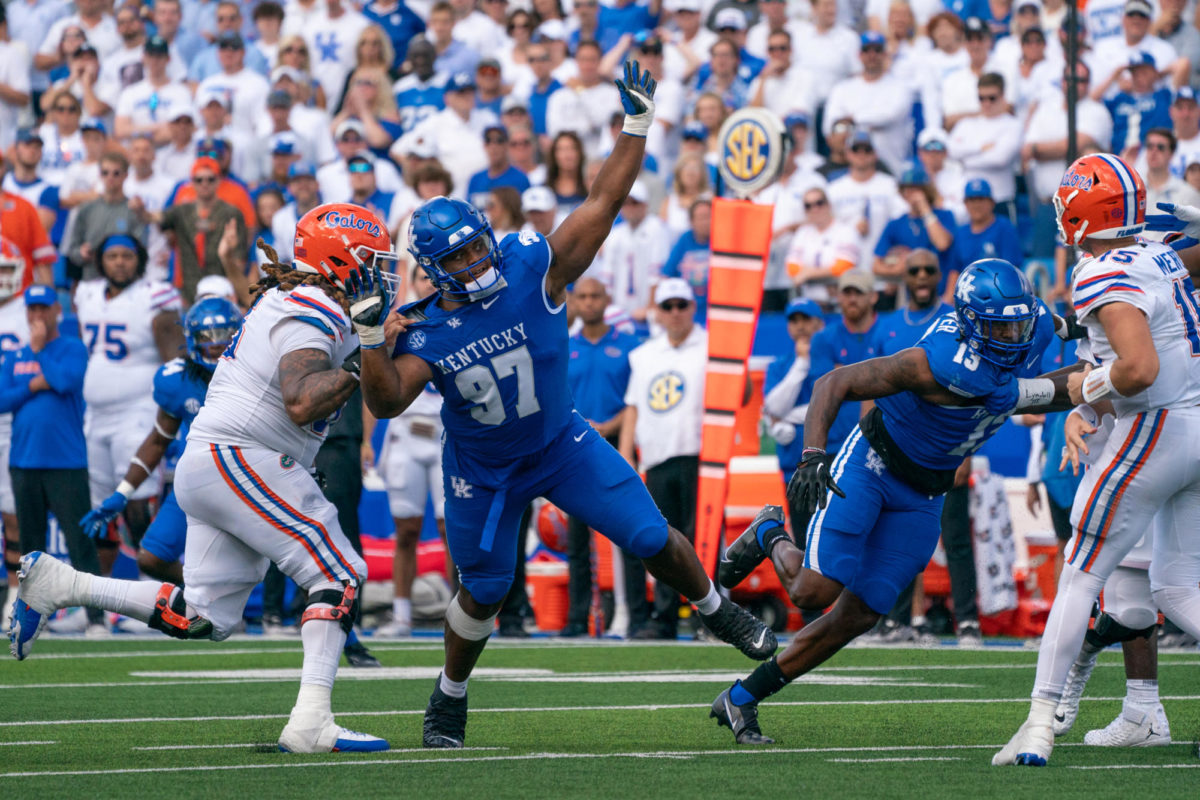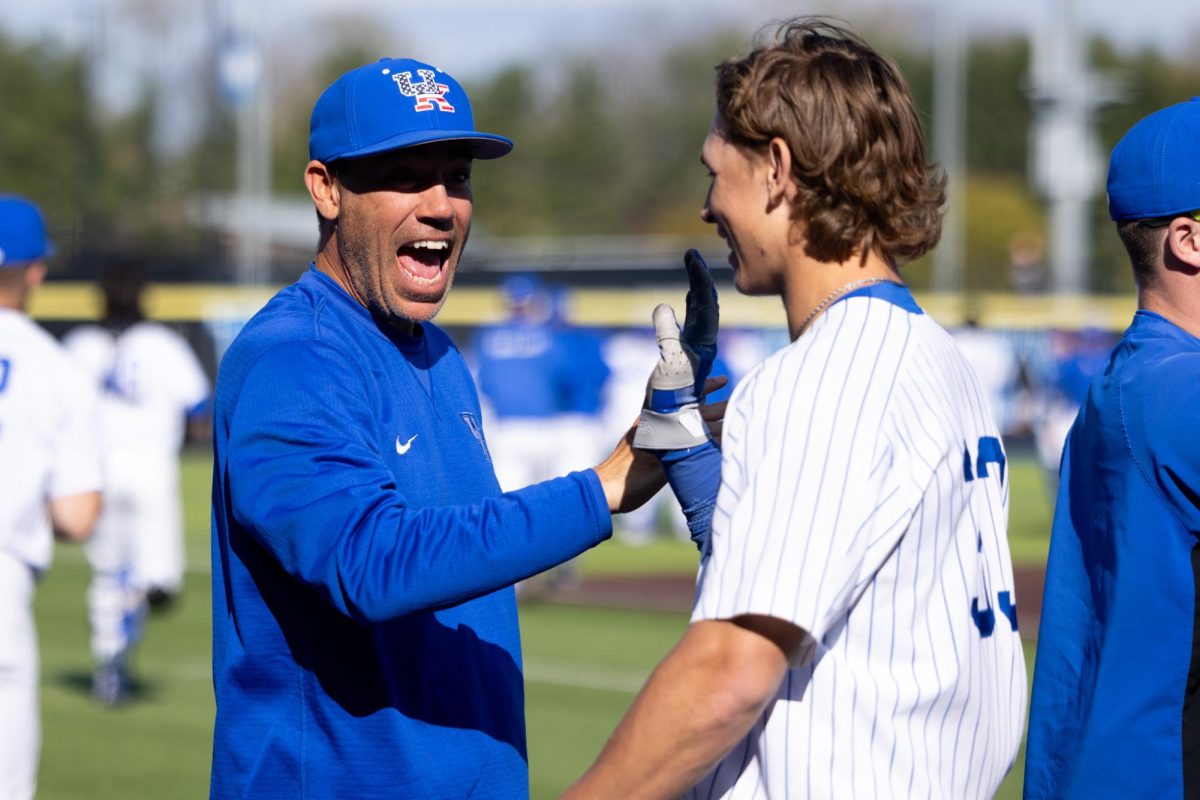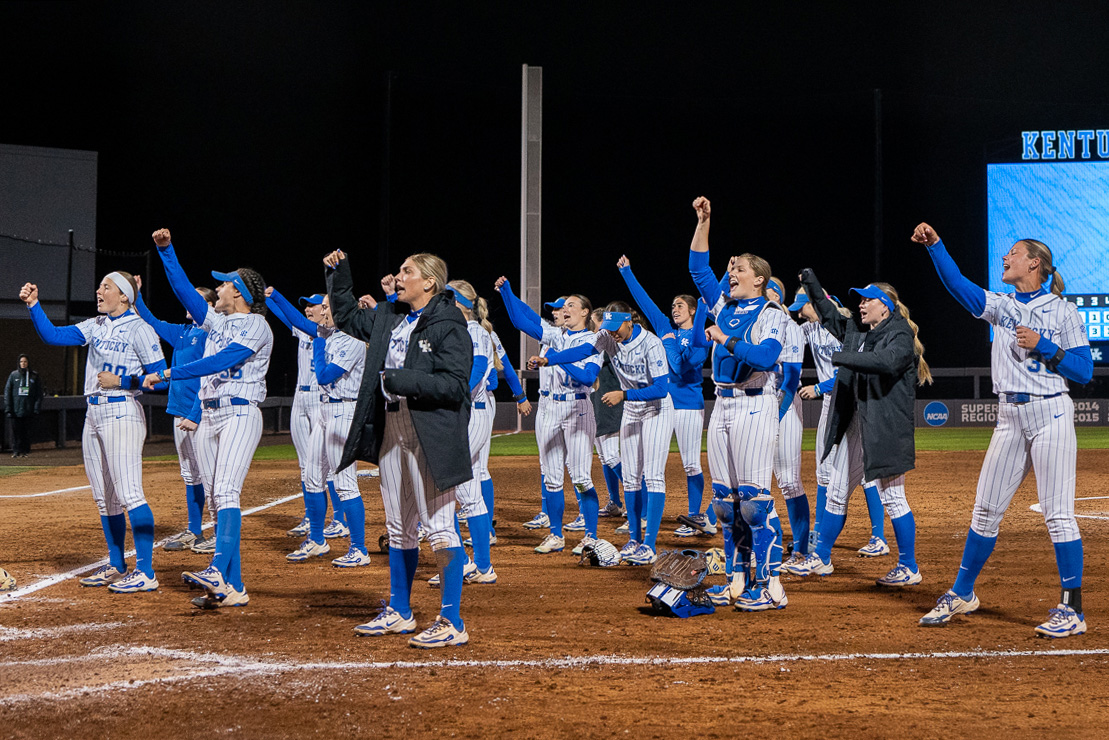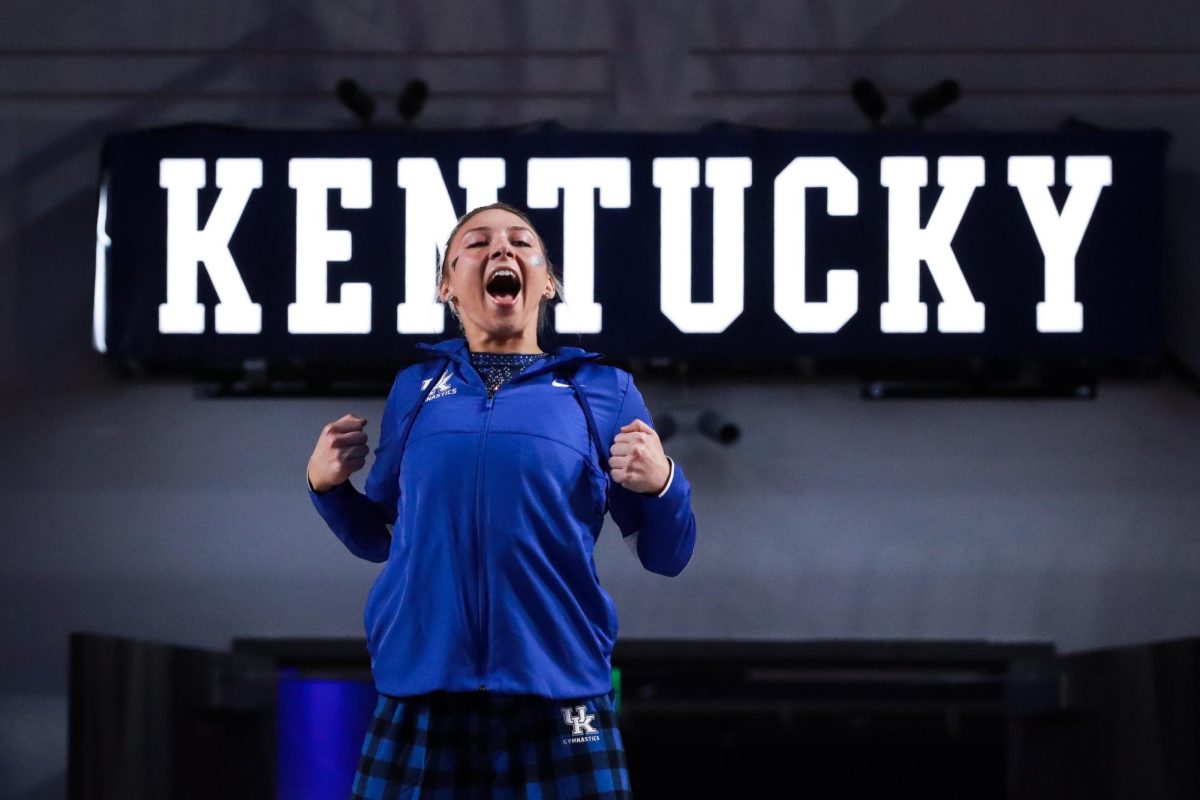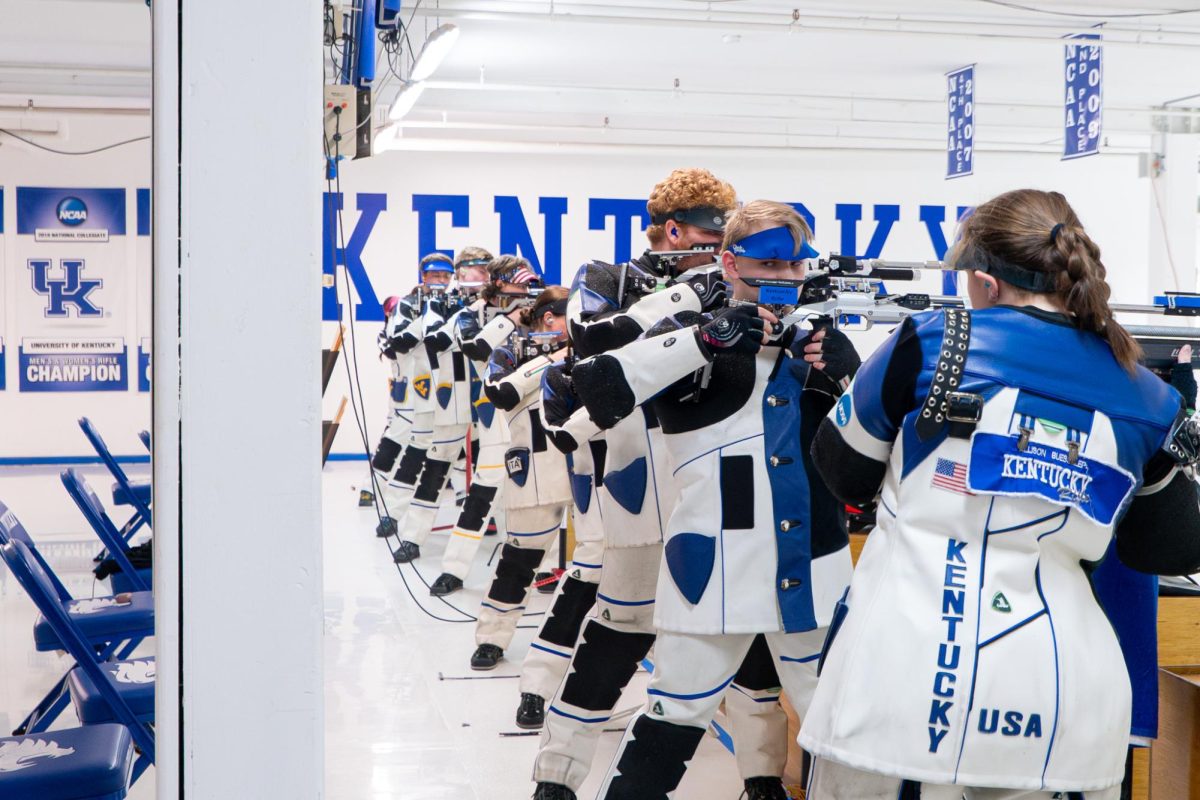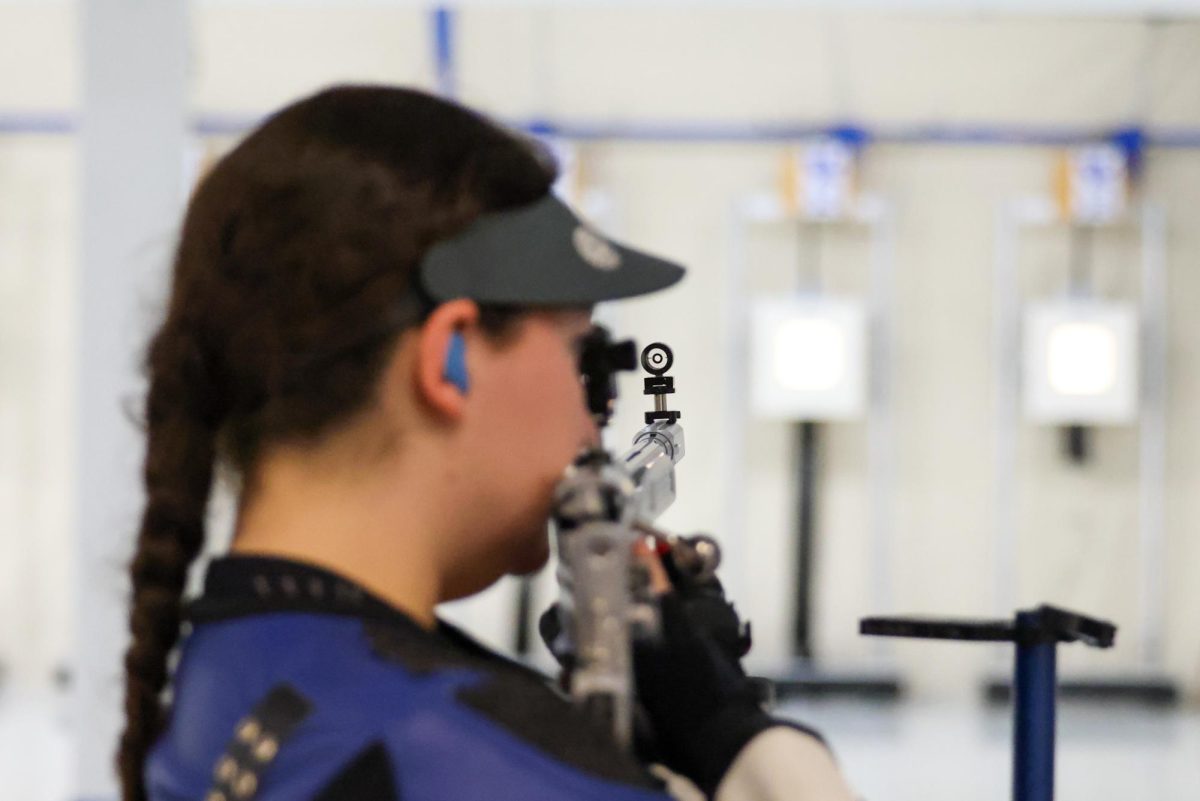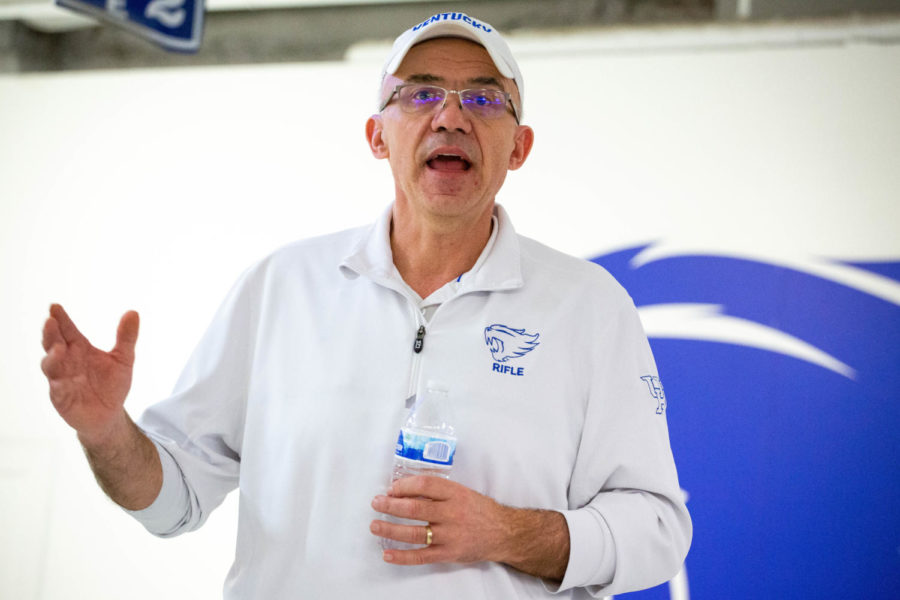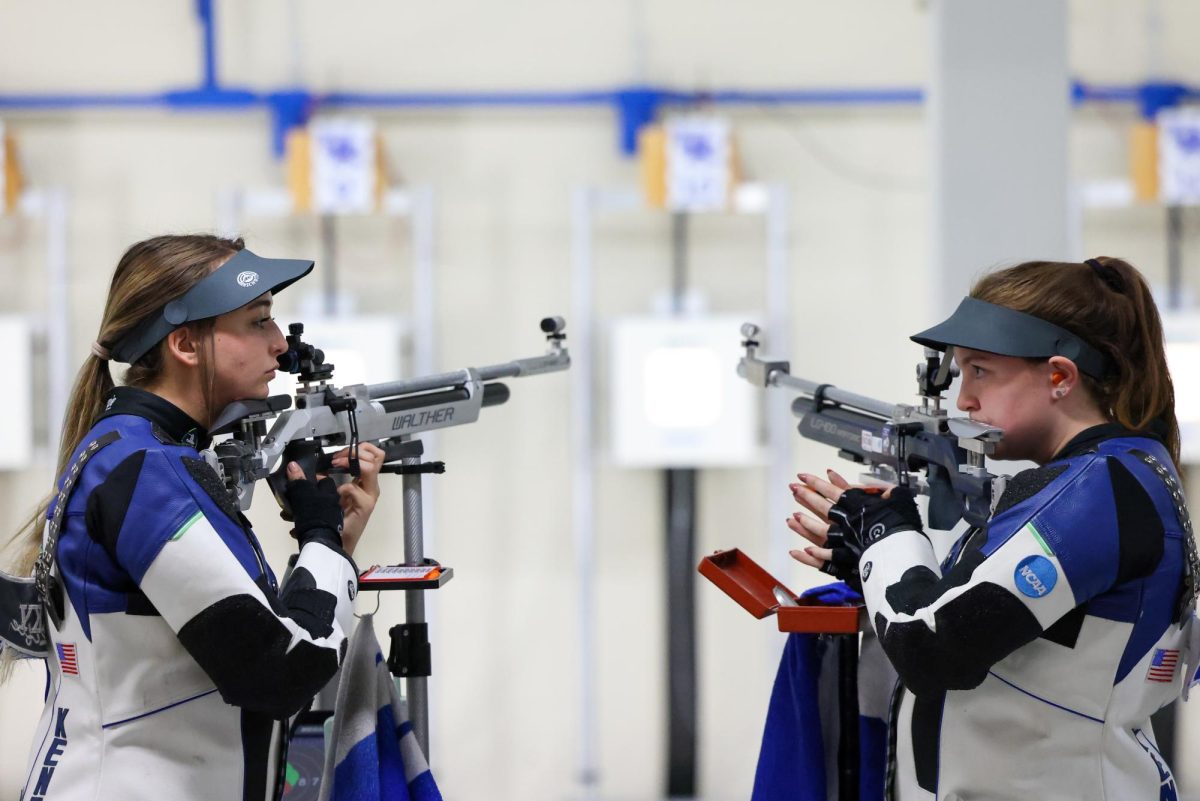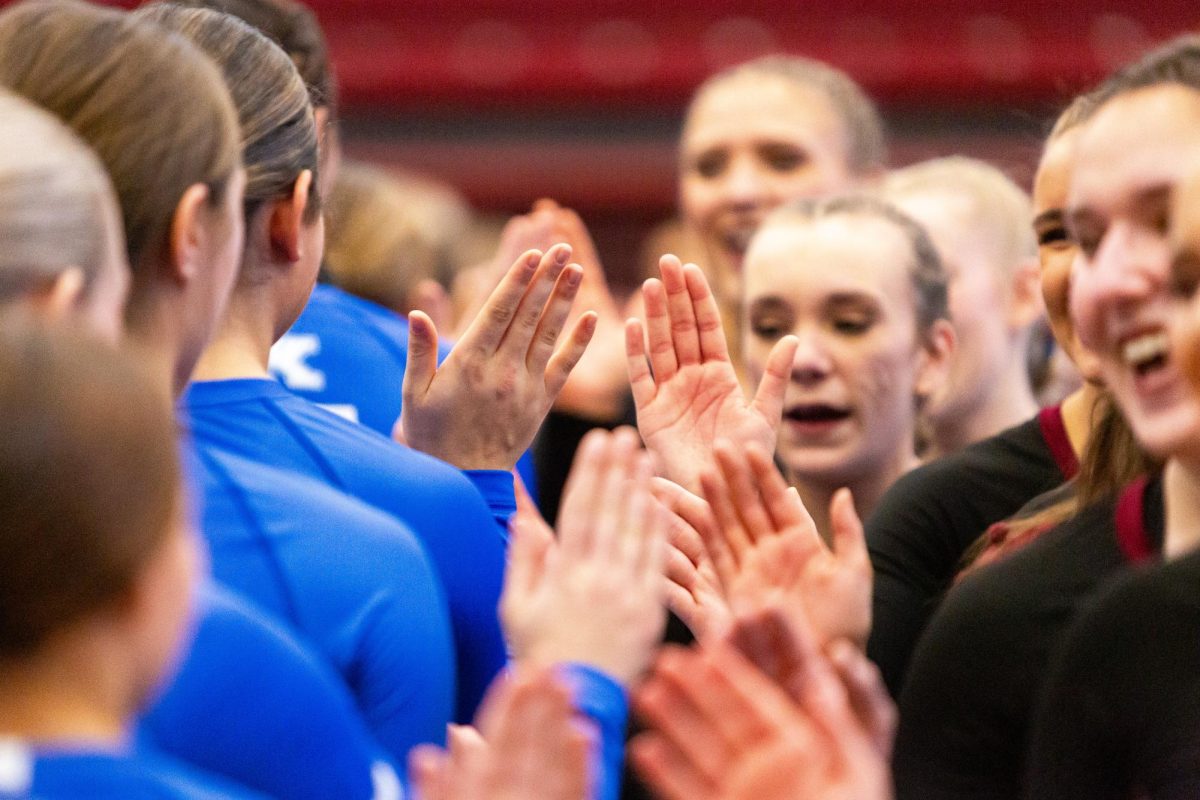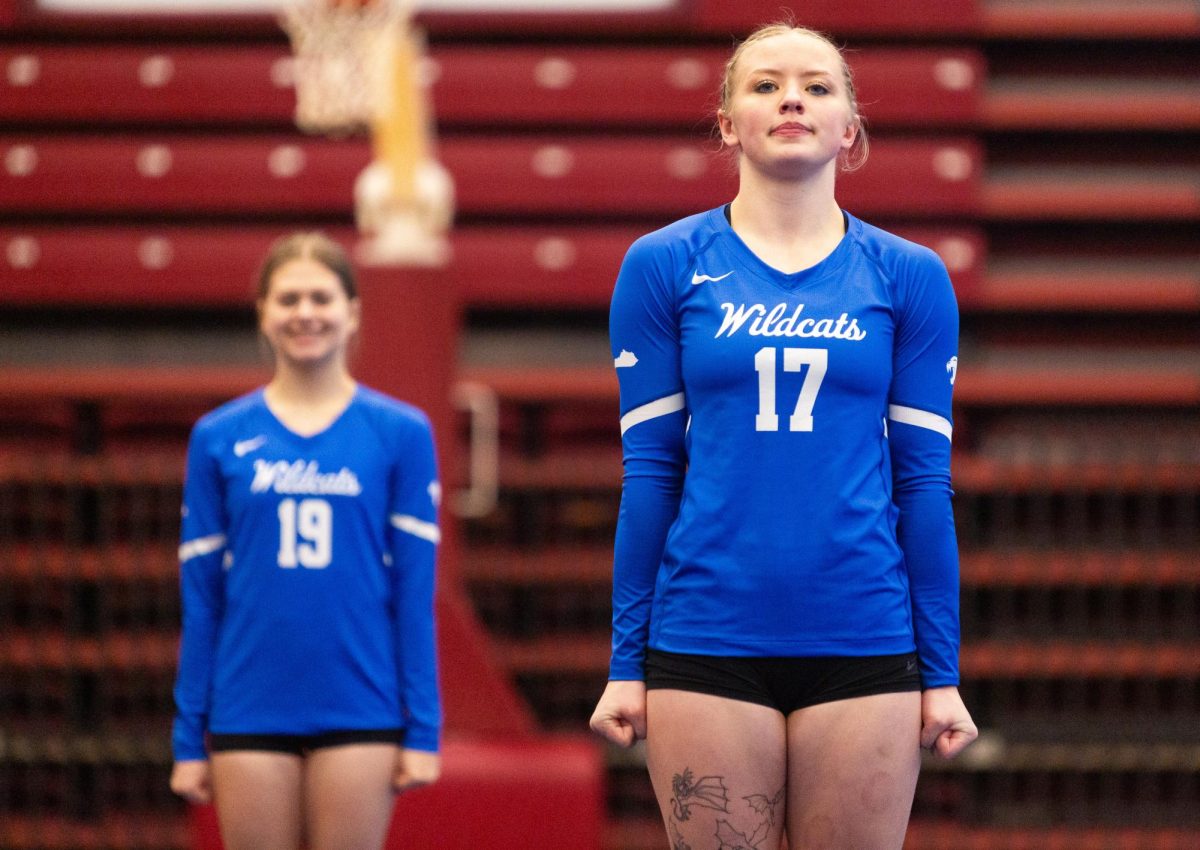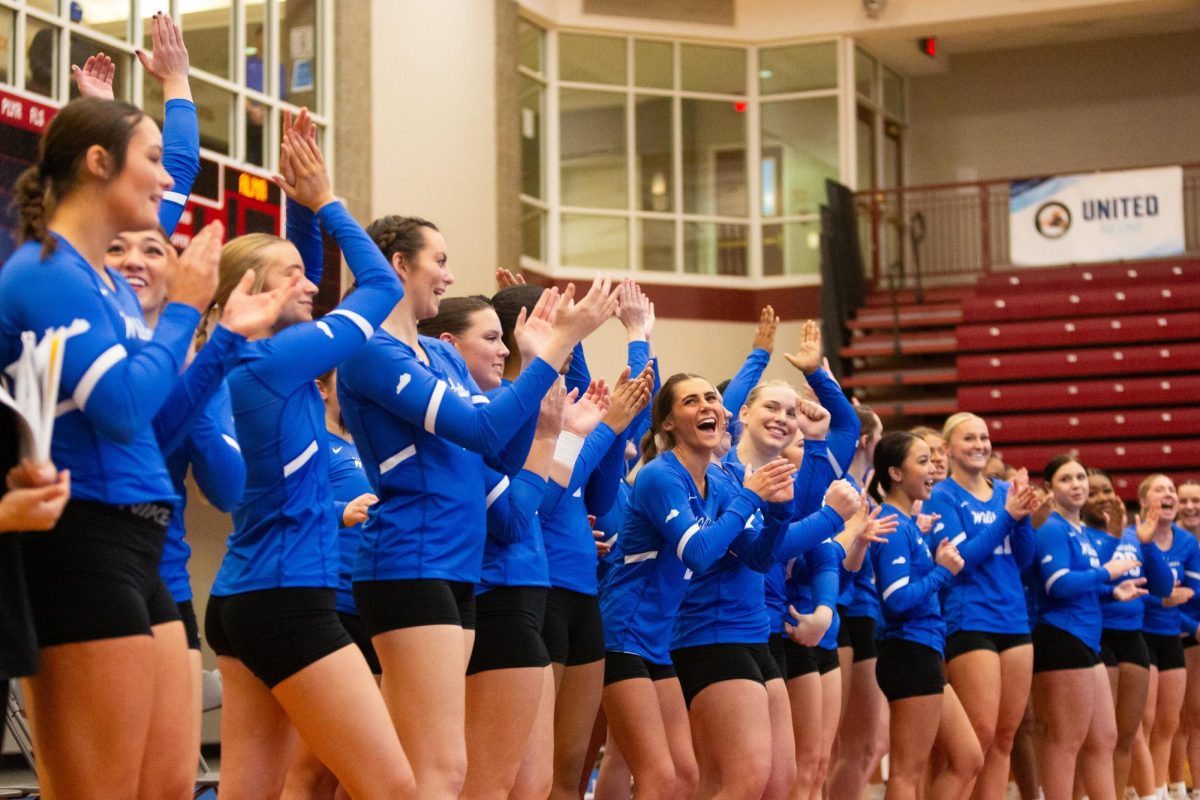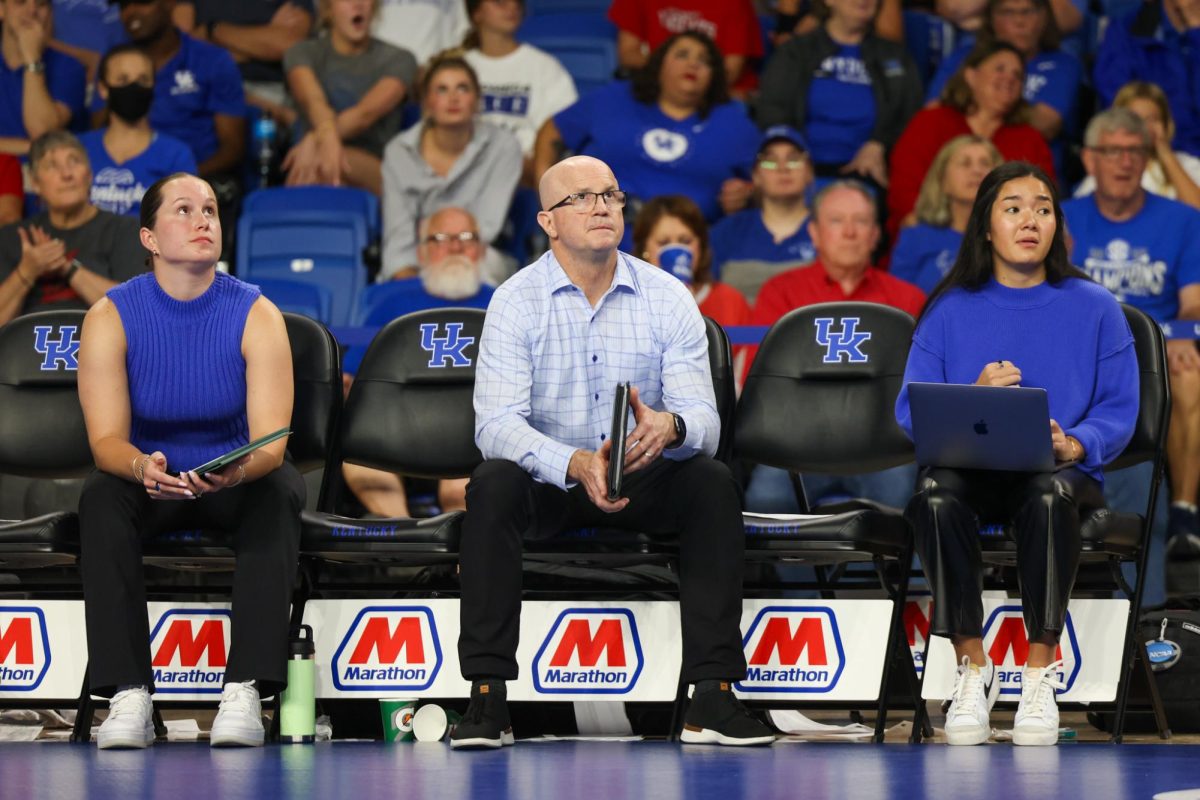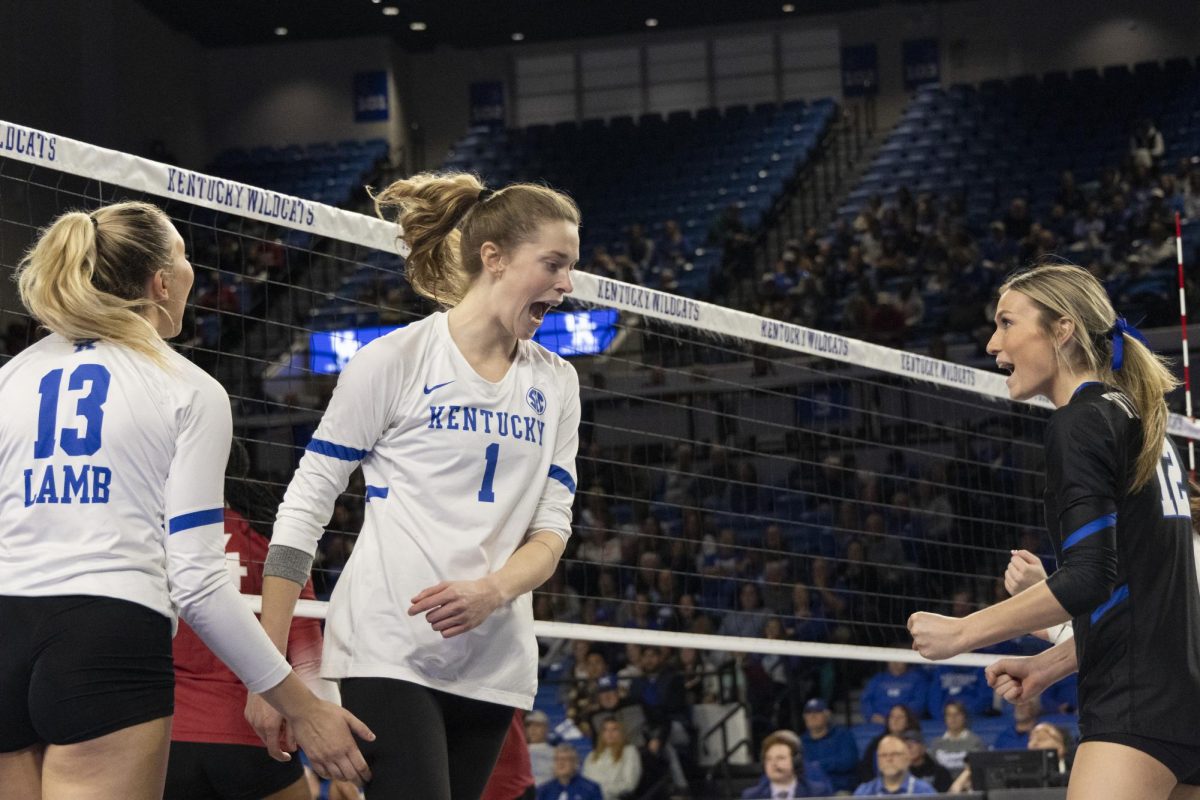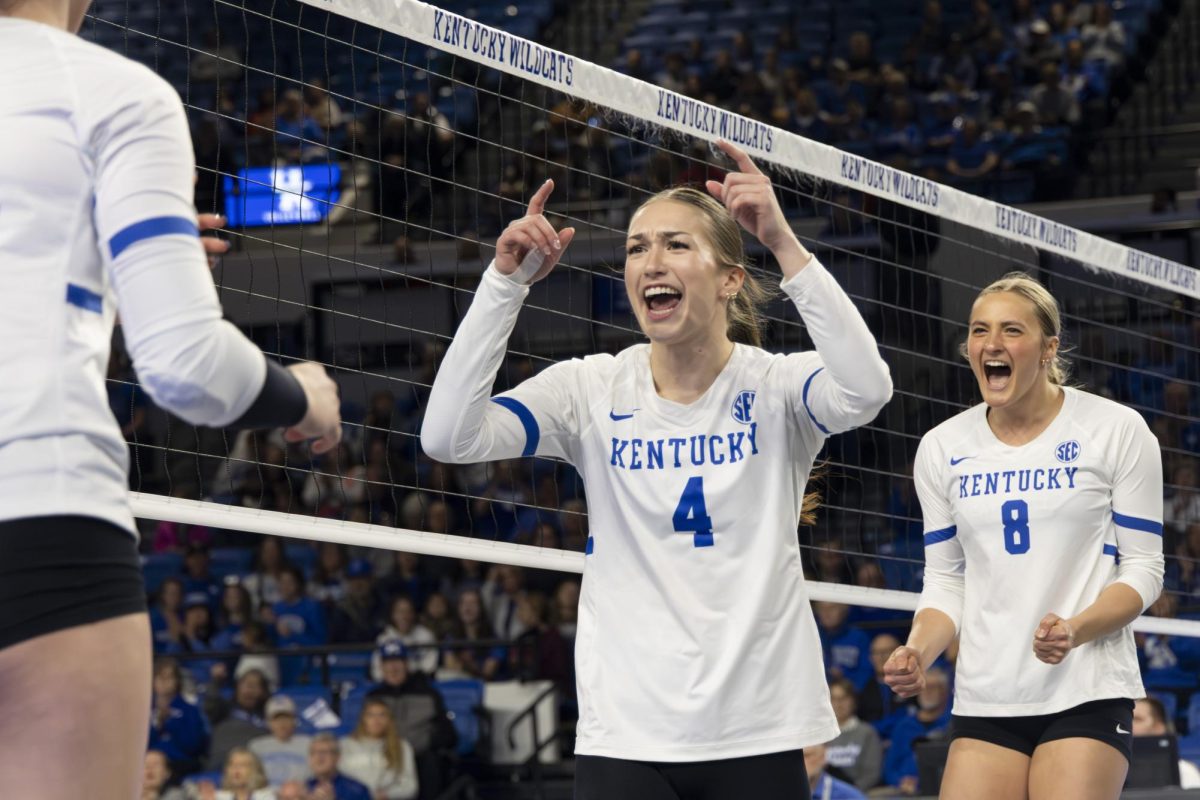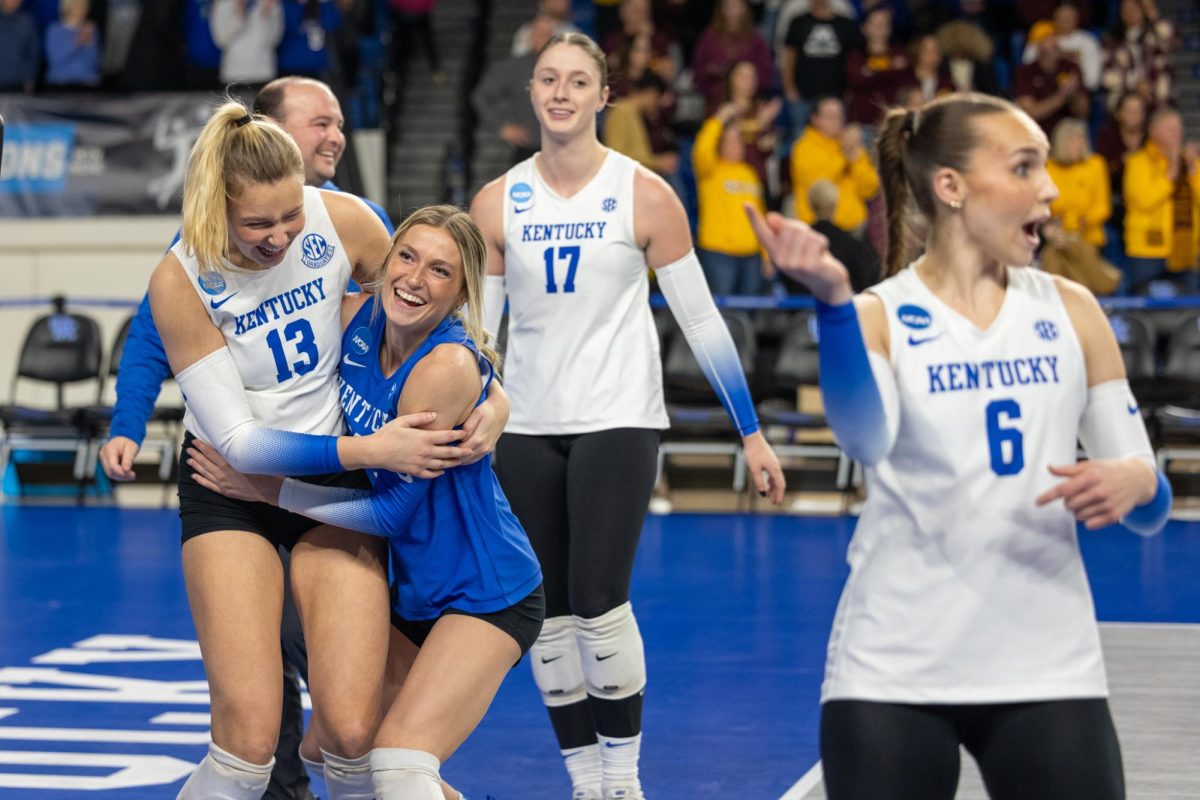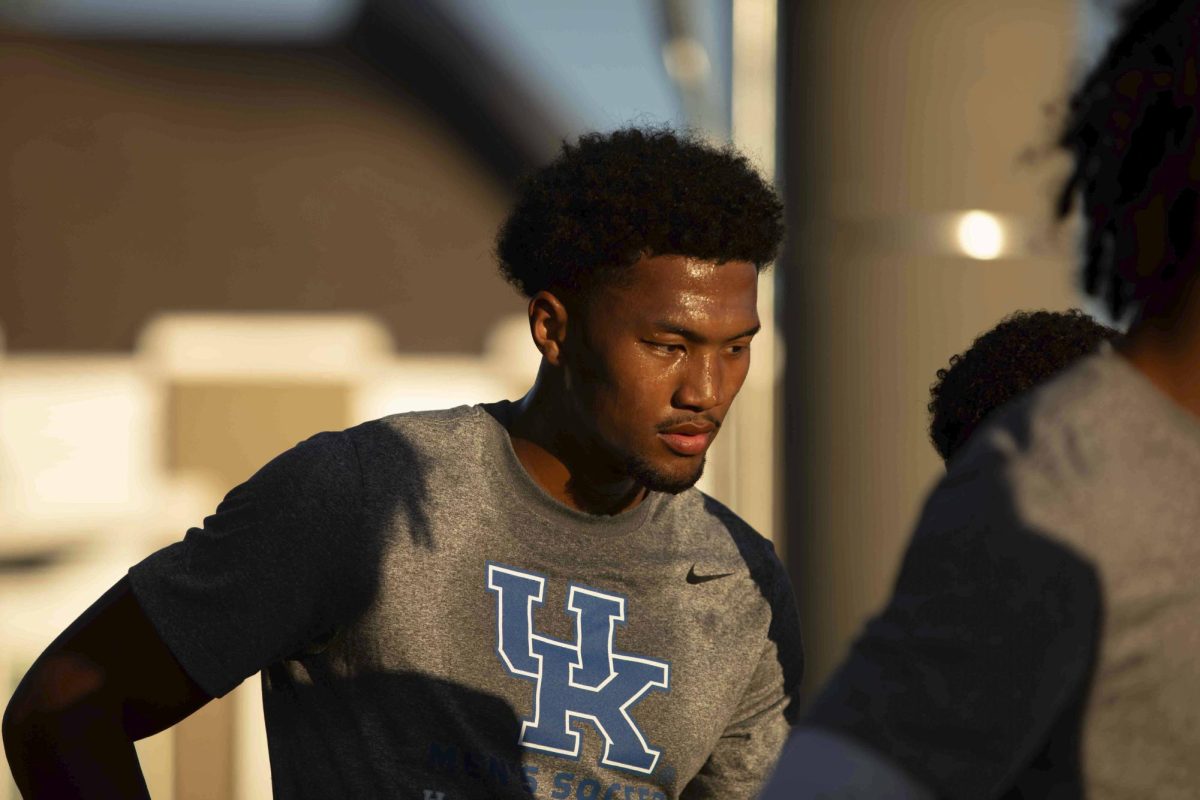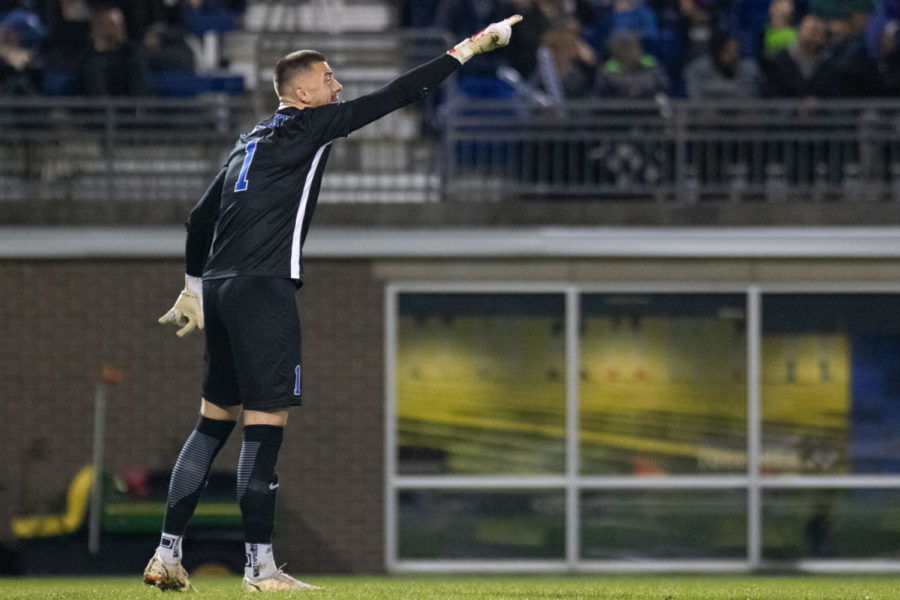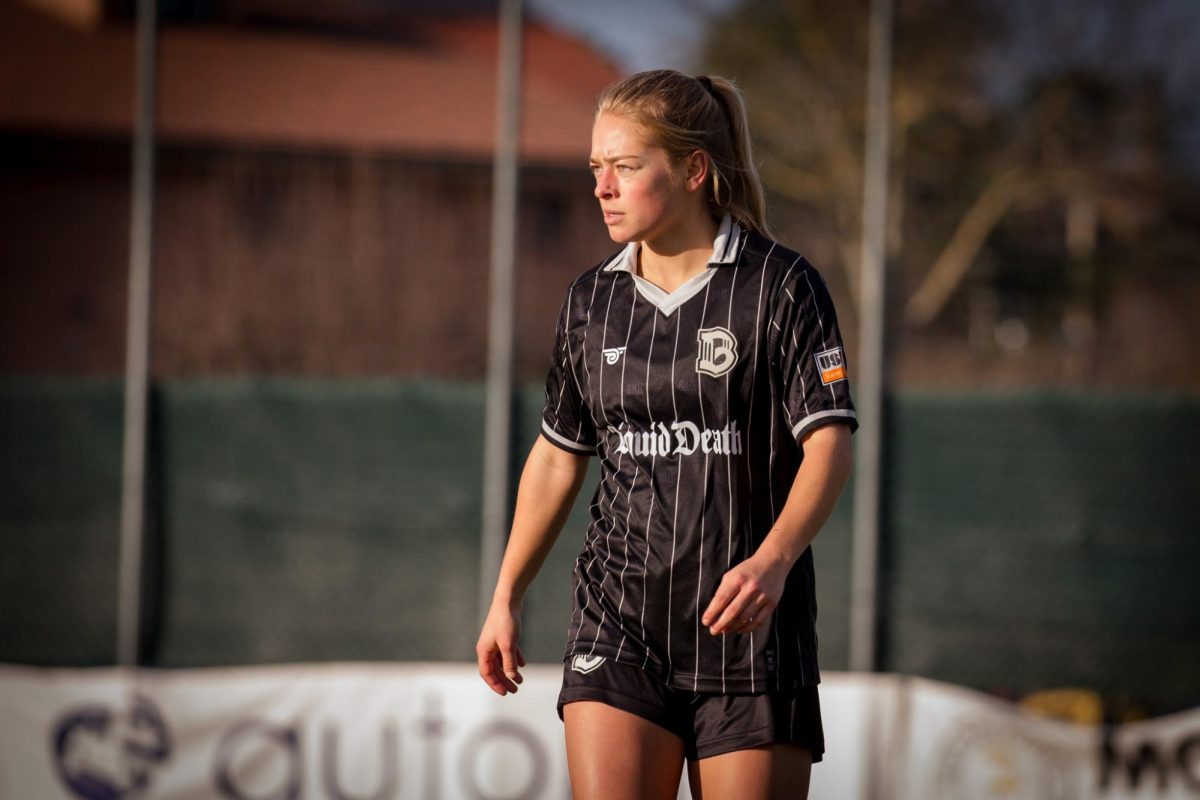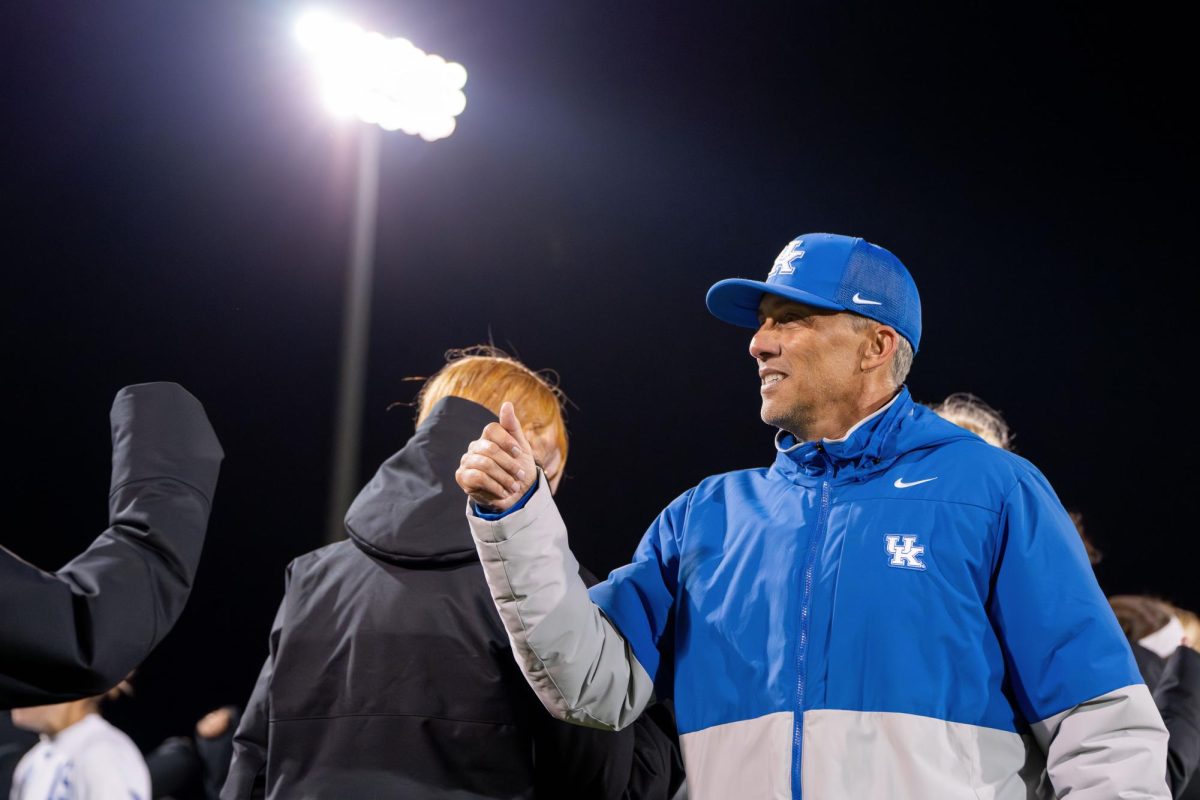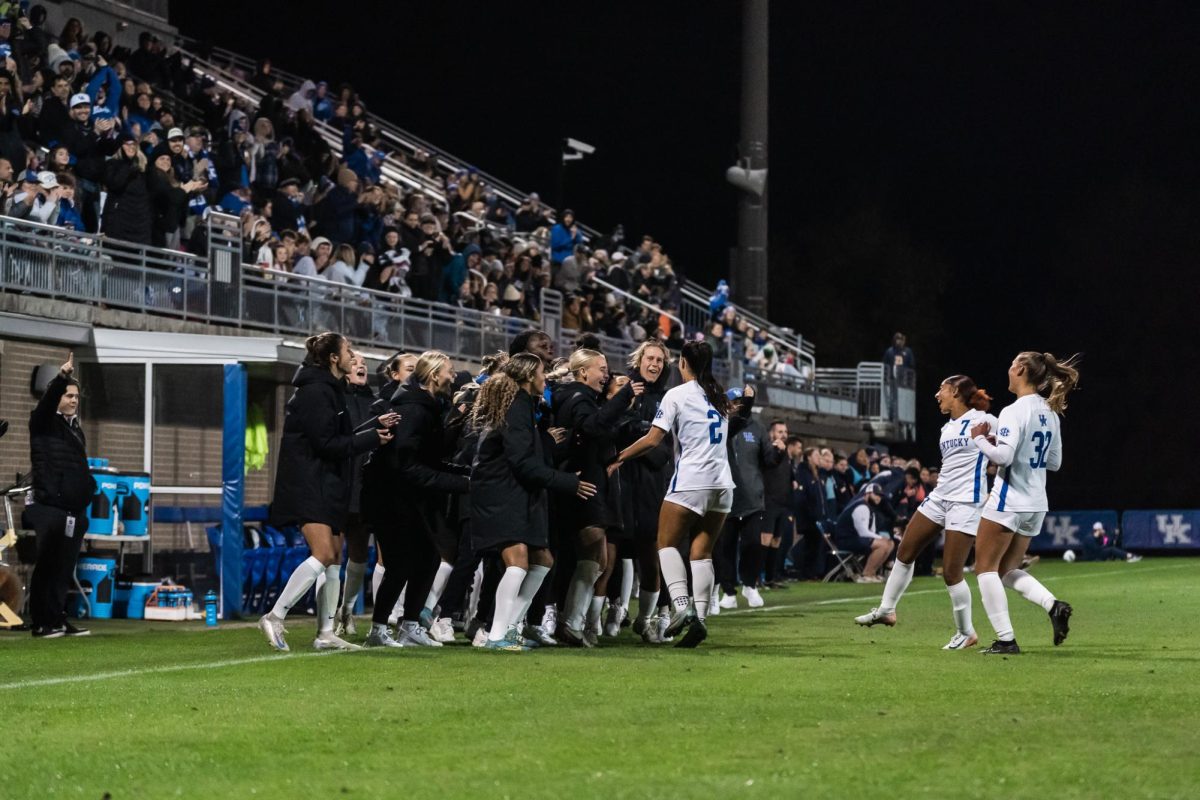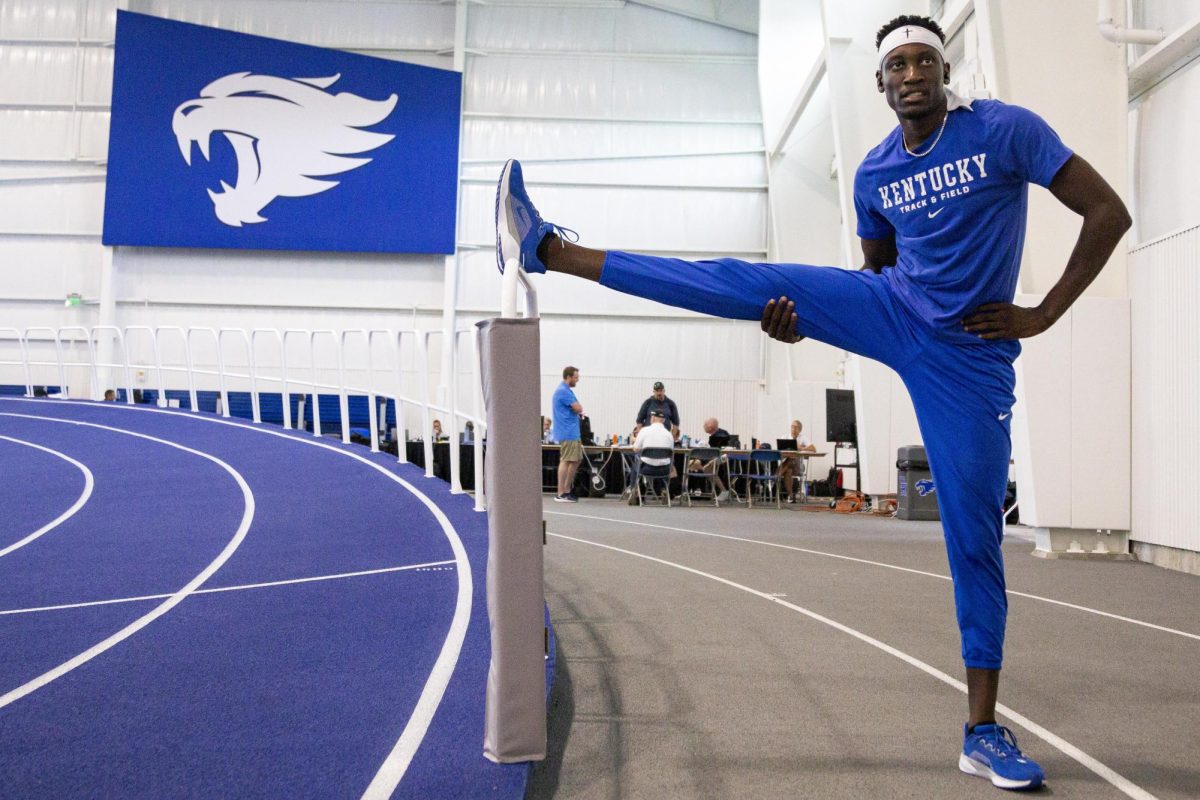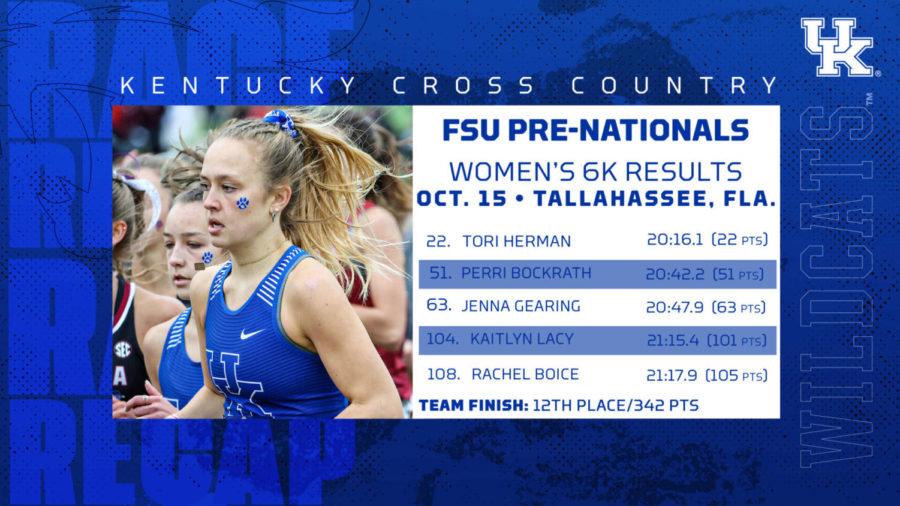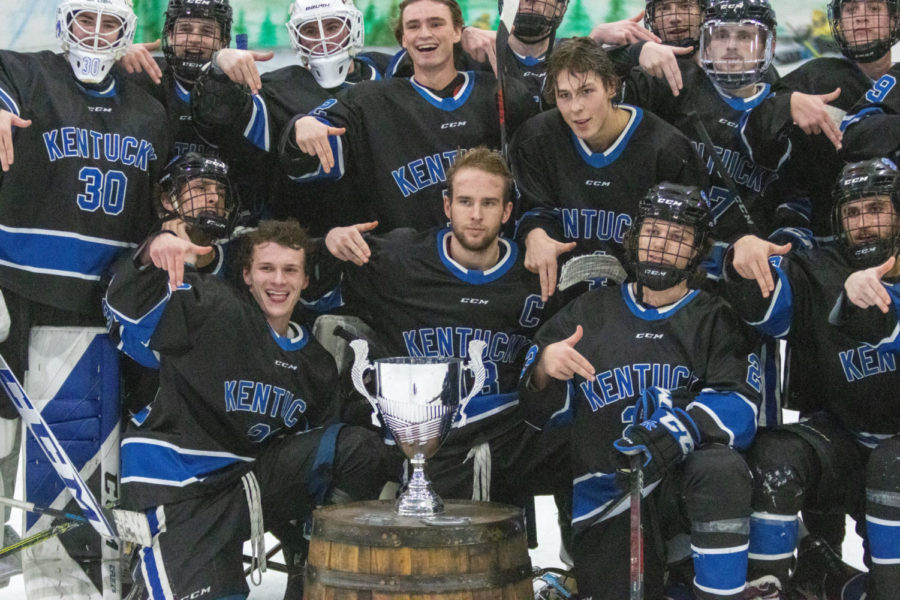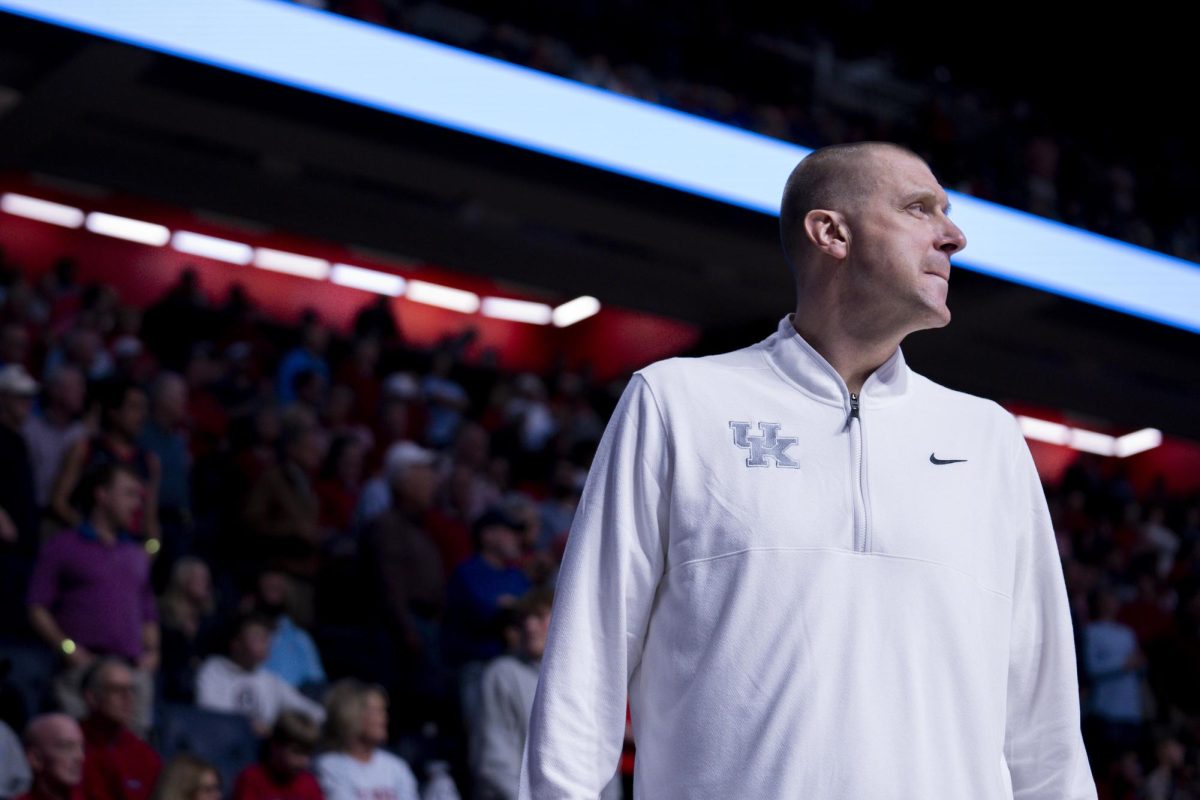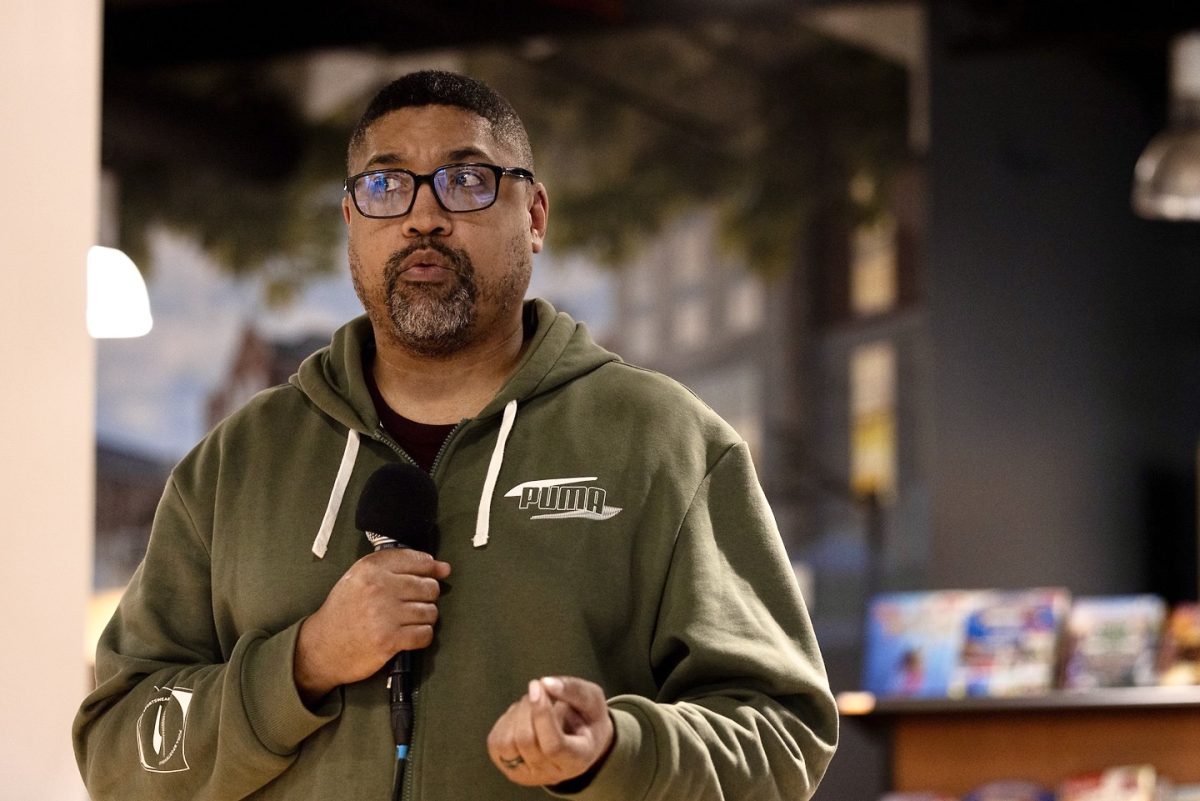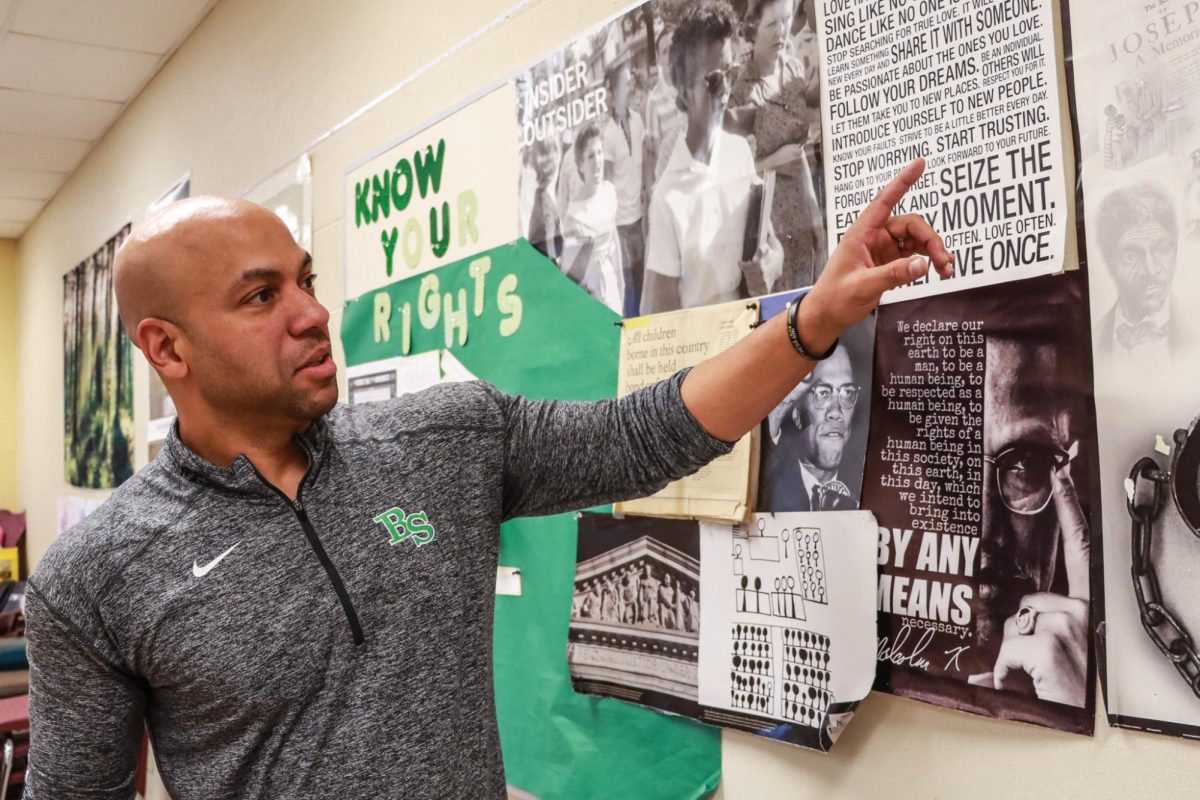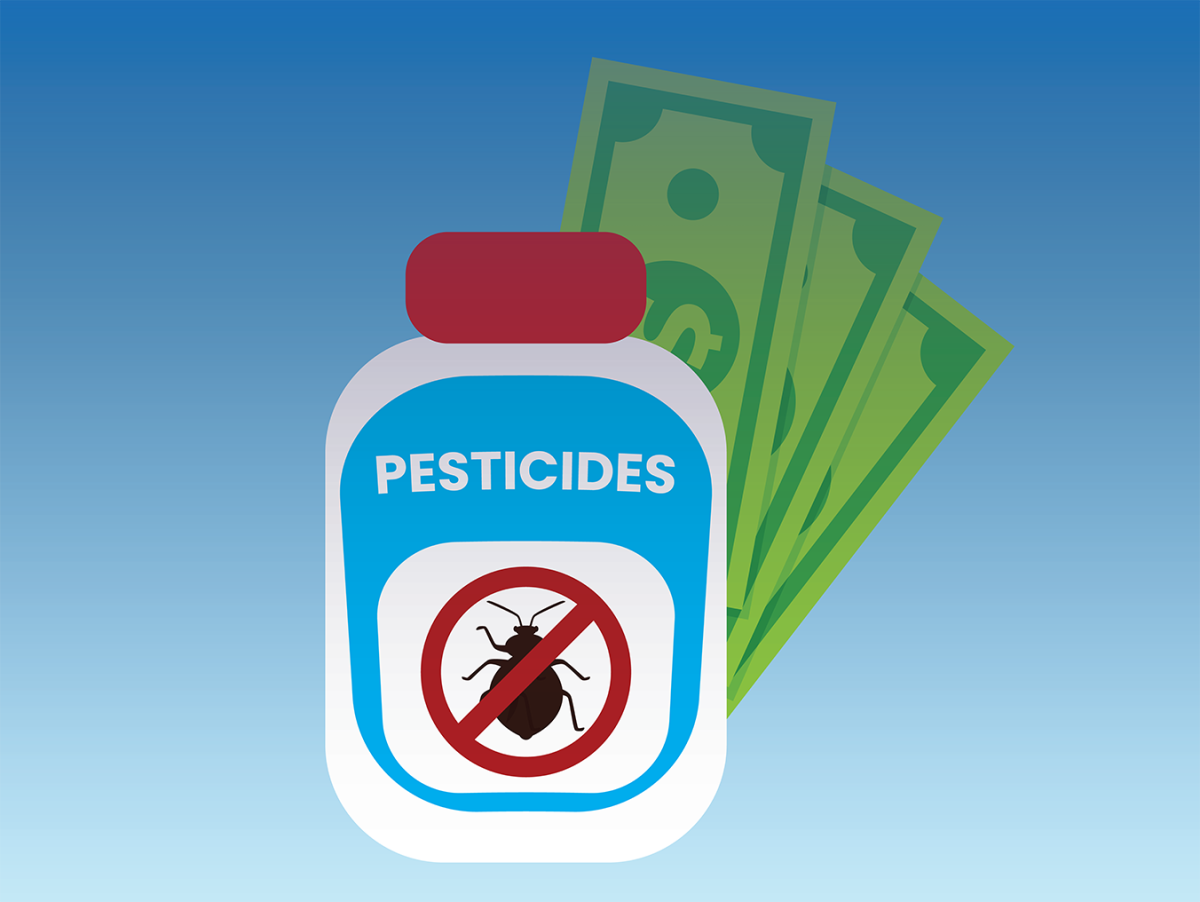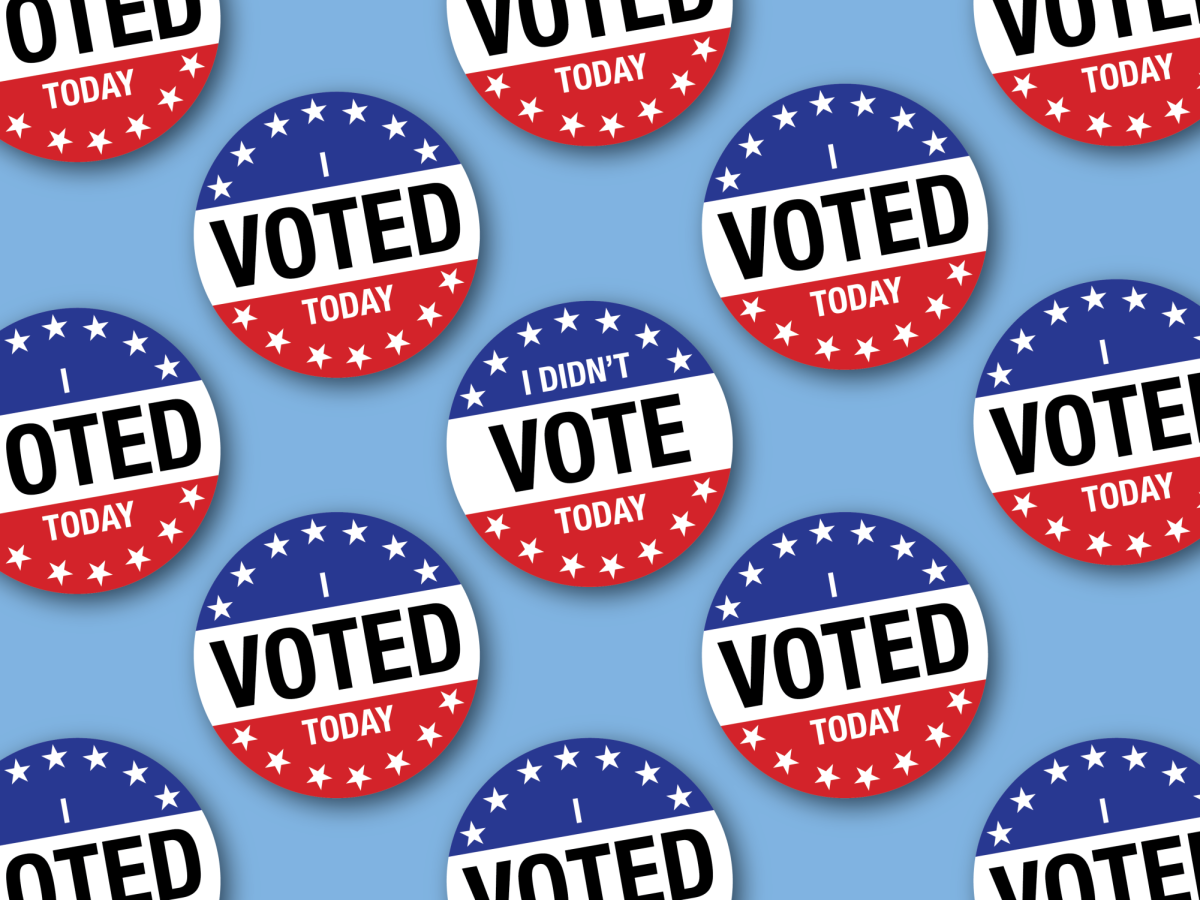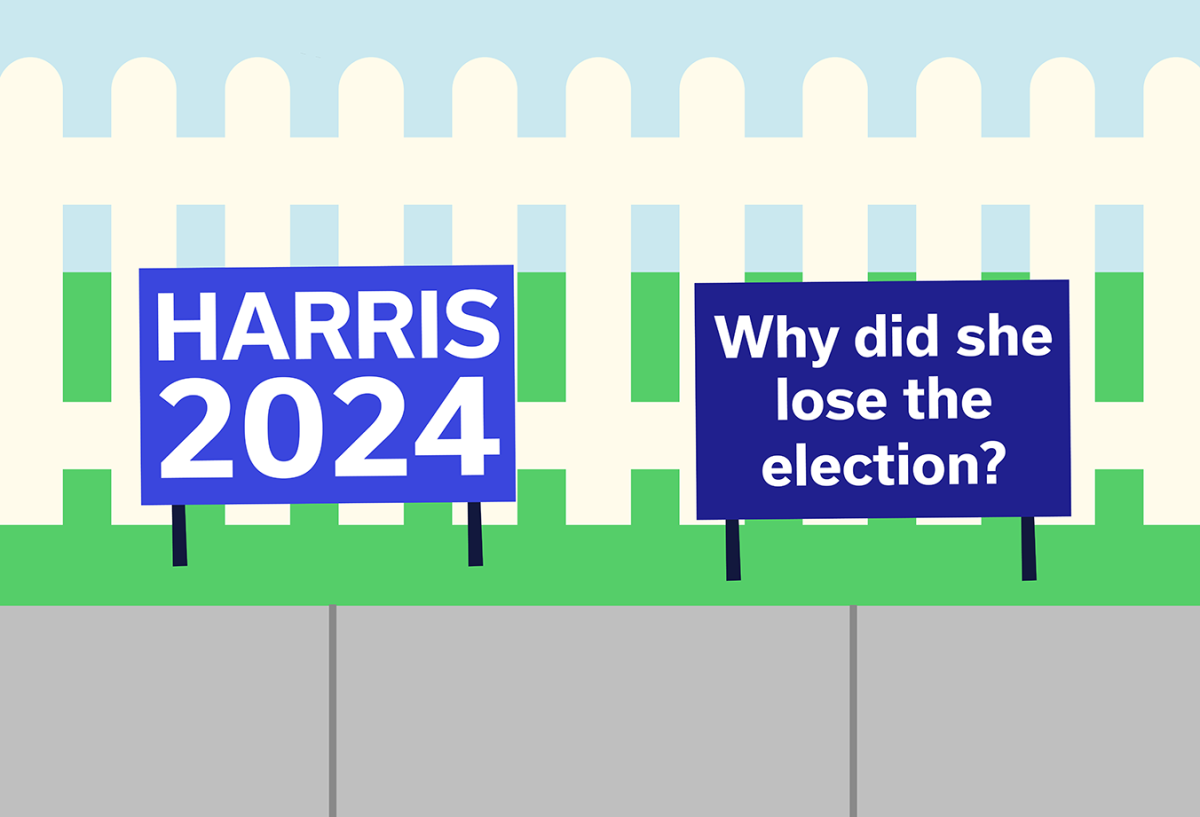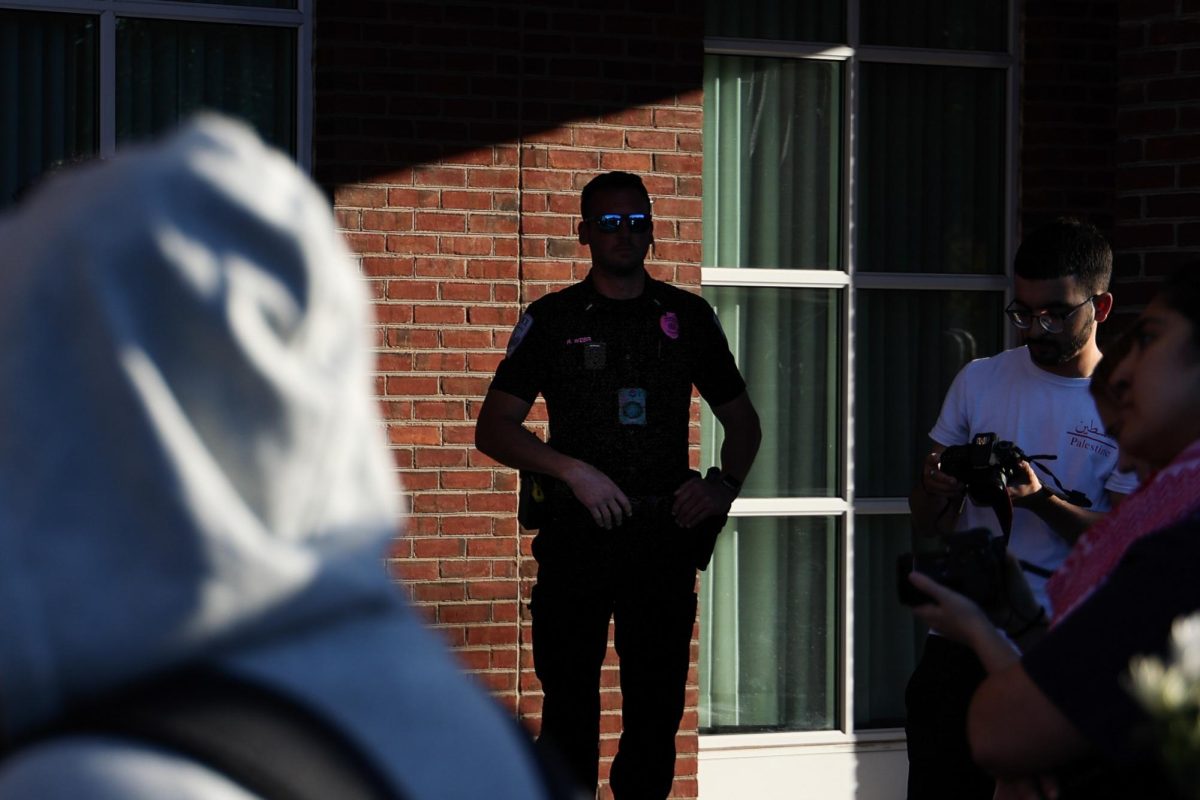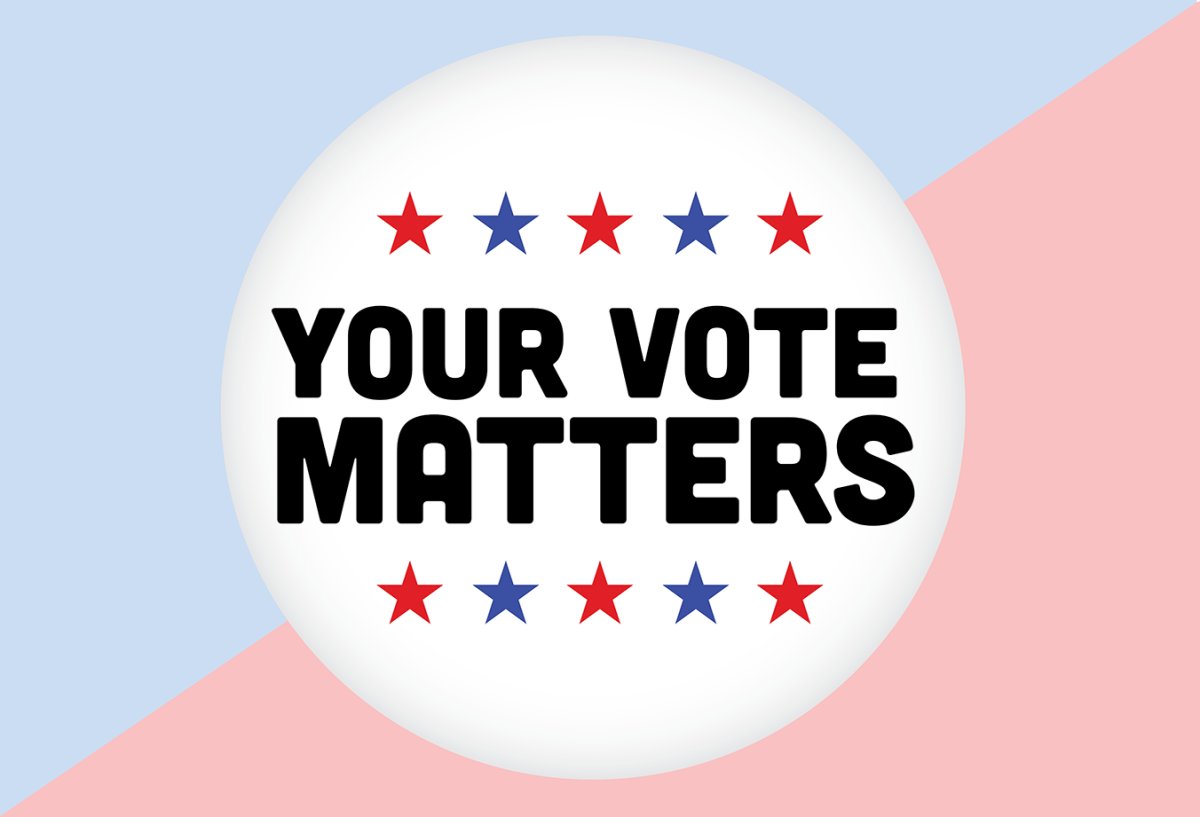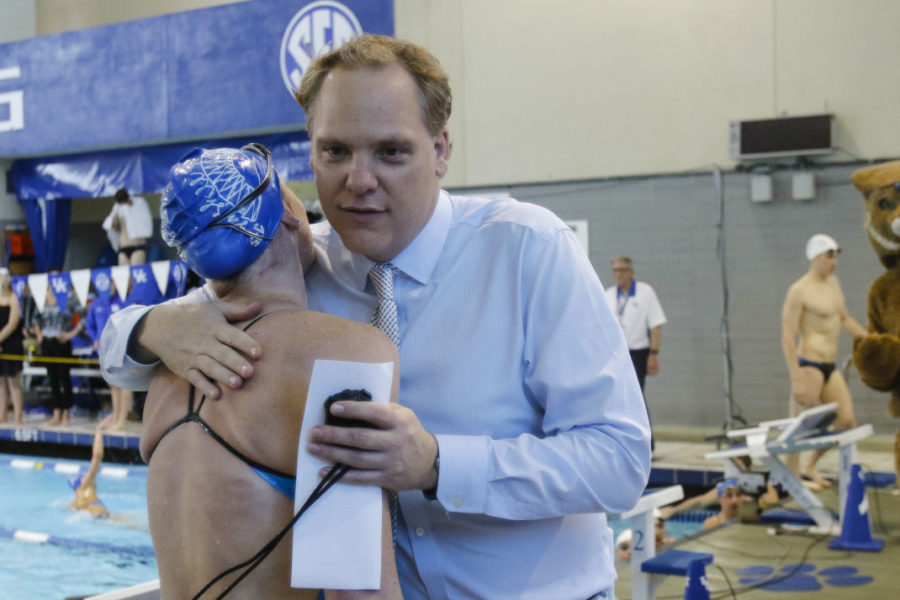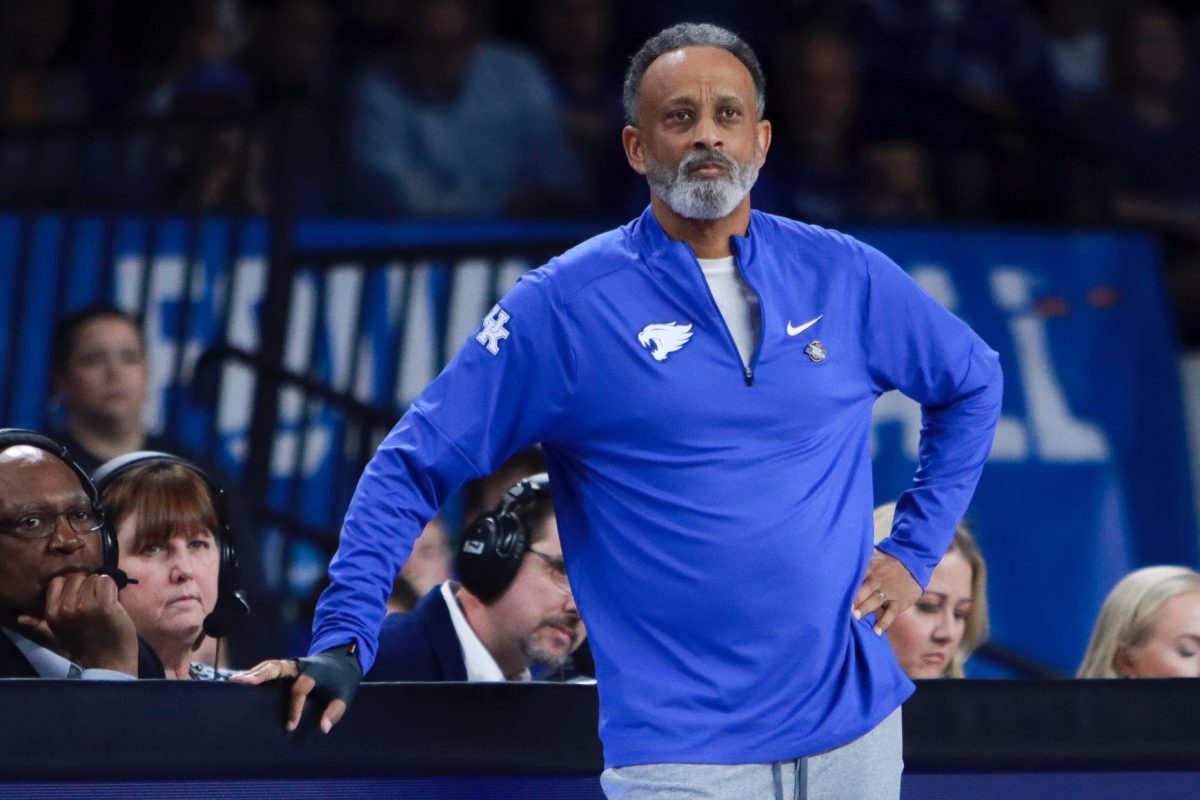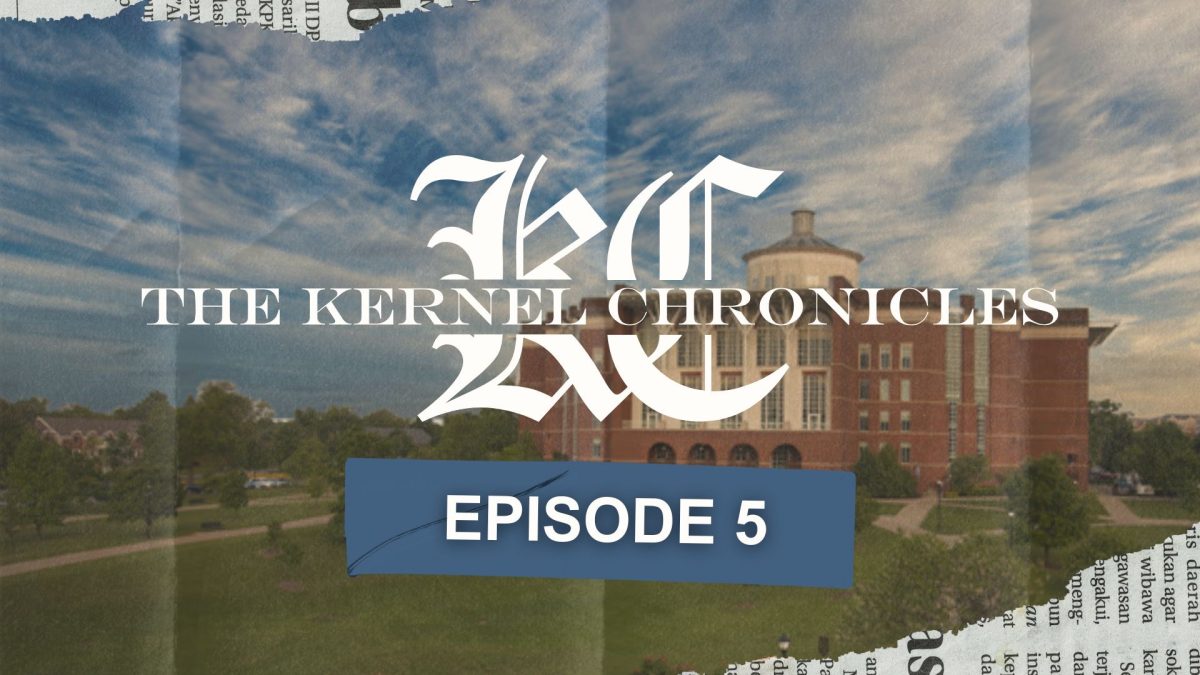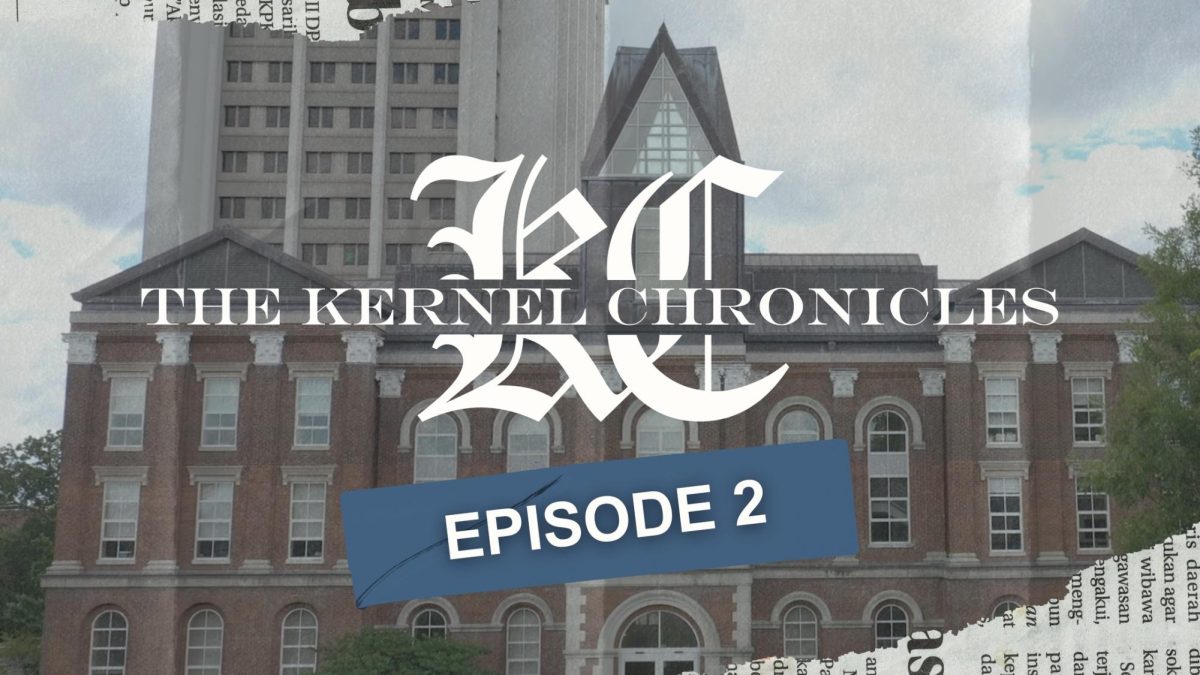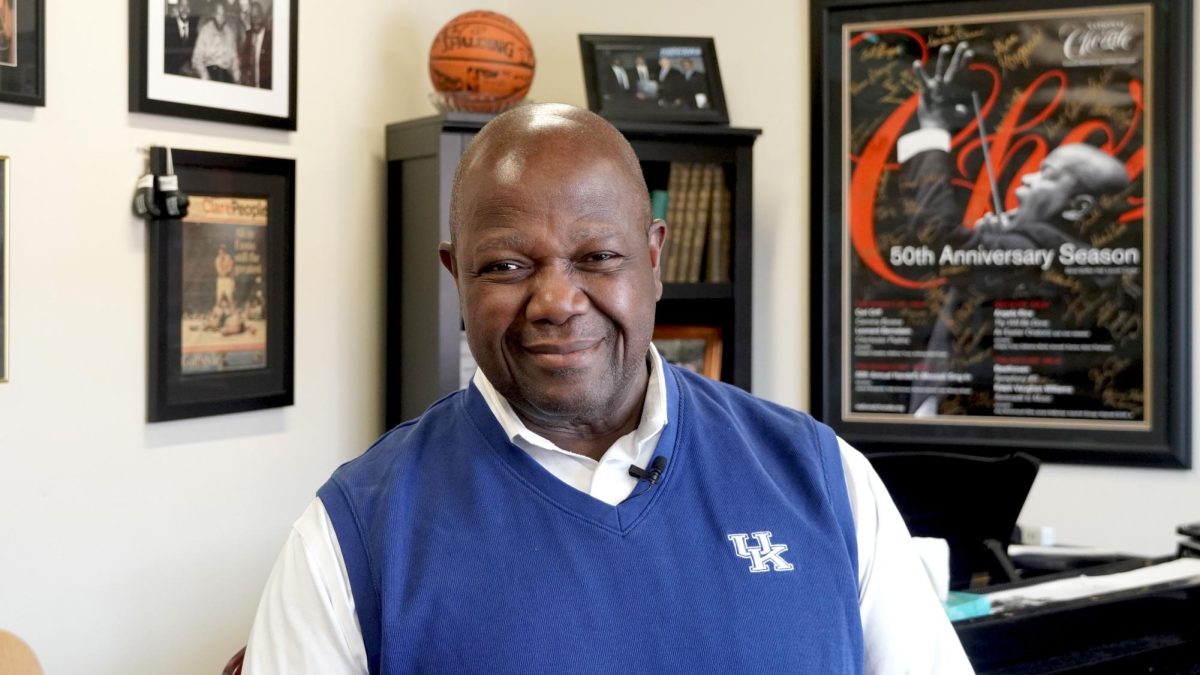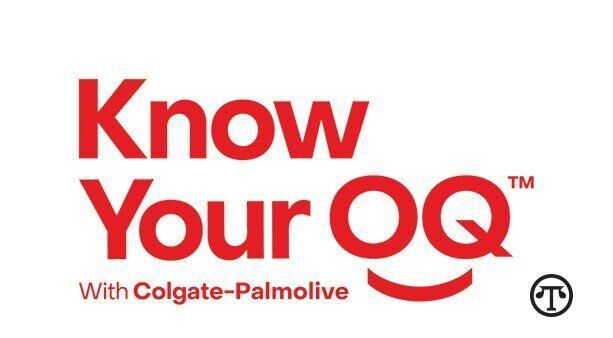Q&A with Anthany Beatty, Ellen Hahn – Part one
November 11, 2009
Part one: Tobacco-Free Campus Task Force leaders discuss tobacco ban
Q. What will the Tobacco-Free Initiative do for the health of the campus?
Hahn: It’s designed to create a healthy environment.
We think when we look at research around the country, we know that when access to tobacco is limited, in other words when it’s prohibited, people do quit. They won’t quit right away. It will encourage people to take the steps to quitting. They’ll cut down, though, and that can’t be bad. That’s really good for health. We know tobacco is the single most preventable cause of death in the country and it costs Kentucky $1.2 billion — 1.2 billion, not million — in treating people who were sick from tobacco.
I always say it’s a good business decision but the reason (the Board of Trustees) did it was for health reasons — to create a healthy environment. There is no other product when used, as intended, kills. We know it creates premature death and a lot of heartache.
As a public health official, this is one of the best decisions an institution like this can make, especially in the heart of tobacco country.
Q. What is the goal of the smoking ban?
Hahn: The goal is to create a healthy environment. The goal is not to get people to quit, per se. We know that when policies change, when it’s prohibited more people do (quit). For Lexington … when Lexington went smoke free we had a 32 percent decline in adult smoking and a corresponding decline here on this campus. We had about a 32 percent decrease in students smoking during that same time period, which is translated to about 16,000 fewer smokers in Lexington, which resulted in $21 dollars in cost savings just for Lexington.
The goal isn’t necessarily to stop people from using, but we know it will help people quit. You might not know, but most tobacco users want to quit, the majority, 80 percent, 8 out of 10 will tell you they want to quit. This policy is something that’s going to help them. For people who are ready it’s going to facilitate their ability to quit.
Q. And what about those people who are not ready to quit smoking?
Hahn: If they’re not ready, we have nicotine replacement available at a deep discount at all convenience stores across campus, two pharmacies and a gift shop. So while people and young adults typically don’t use nicotine replacement, they typically shy away from it.
But the reality is they want to be comfortable on campus and not have cravings. Again, this is a very addictive drug so you have withdrawal when you stop using. I would strongly recommend people to buy the gum or the patch.
There is no reason for somebody to feel uncomfortable on campus.
Q. Are you all worried about the image of campus with smokers being pushed to the edges of campus?
Beatty: We certainly are concerned about the image and No. 1 about (student’s) health and with that comes their safety so we are concerned about those folks who are still choosing to smoke and where they’re choosing to smoke. And as a campus with the tobacco-free policy implemented, obviously those boundaries will change and we will address those issues as they come up.
Q. Have you all received any backlash from tobacco companies or farmers?
Hahn: I travel the state all the time. We have projects in every county so I’m out all the time and you would be amazed at the number of people who come up to me and said good things, congratulated me.
In fact if you talk to the people at other campuses, they are watching us and they’re talking to go after us. U of L and Bellarmine (University) have already announced a date and other institutions are talking about it. I don’t know of any backlash in my work. But nobody has said anything negative to me.
Beatty: And I don’t have the same relationships throughout the state as I had before in my previous position, but certainly I was a part of a transition when Lexington chose to go smoke free. And I can remember having positive feedback from folks across the state in making Lexington a safer place to be because of the no smoking policy that was about to be implemented in 2003. There’s no backlash, always positive feedback.
I know Dr. Hahn and I both get responses, requests from all across the country through email for info on our policy and how we’re making it happen. (University of) Southern California has contacted us. Folks across the country are watching this with interest. Certainly the trend is to move away from tobacco products and we’re a leader in that.
Q. Any worry about enforcement or any kind of student rebellion?
Beatty: For me it goes back to the issue of why we’re doing this. And we realize it’s a very powerful addictive substance and folks do want to get off as Dr. Hahn said.
It’s about changing the habit. It’s not about enforcement or forcing someone to do something. Everybody in this room knows we don’t change our habit because somebody tells us to do it. So that’s not what this is about. It’s about changing the habit and getting the help and making a safe environment for everyone.
The most effective way to do that is to do all the things you can in a positive approach to lead people to make the change, not force them to. So that means not heavy enforcement of this. Give reasons for a change, give opportunity for a change, give treatment for a change. We want to foster that in that way and not in terms of enforcement. So are we going to lose some folks? Yeah, we are. We’re not going to get everybody but the vast majority or the high percentage will come along because of the environment. The culture that is created will allow them to do that.
Q. Have you all conducted any surveys involving students?
Hahn: Our committee did a survey in May. A random sample of students, staff and faculty showed about 30 percent tobacco use among students, 20 percent among staff and about 9 percent among faculty that use some form of tobacco including smokeless, pipe, cigarettes, etc. It was very positive. We used a random sample of students through the registrar.






